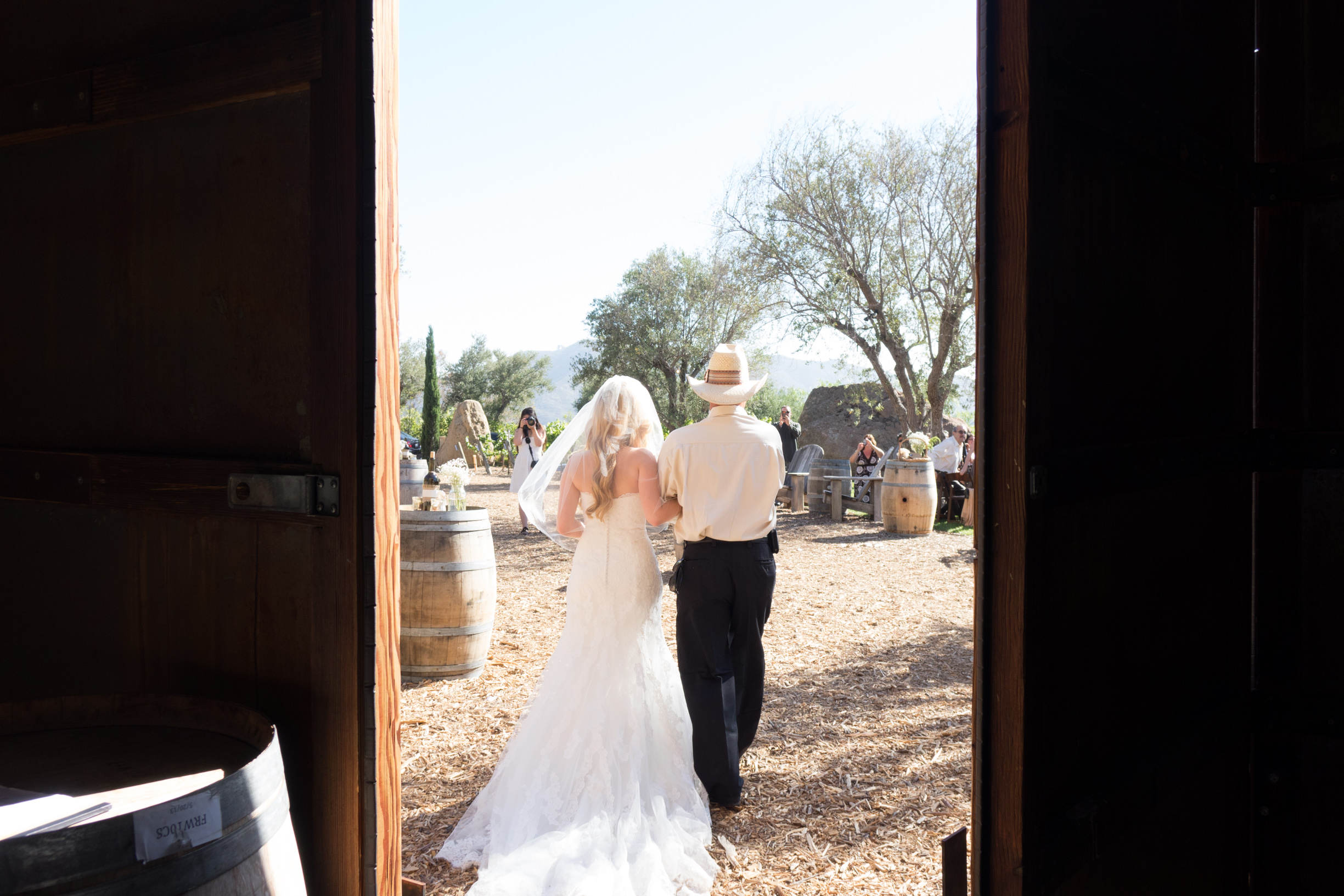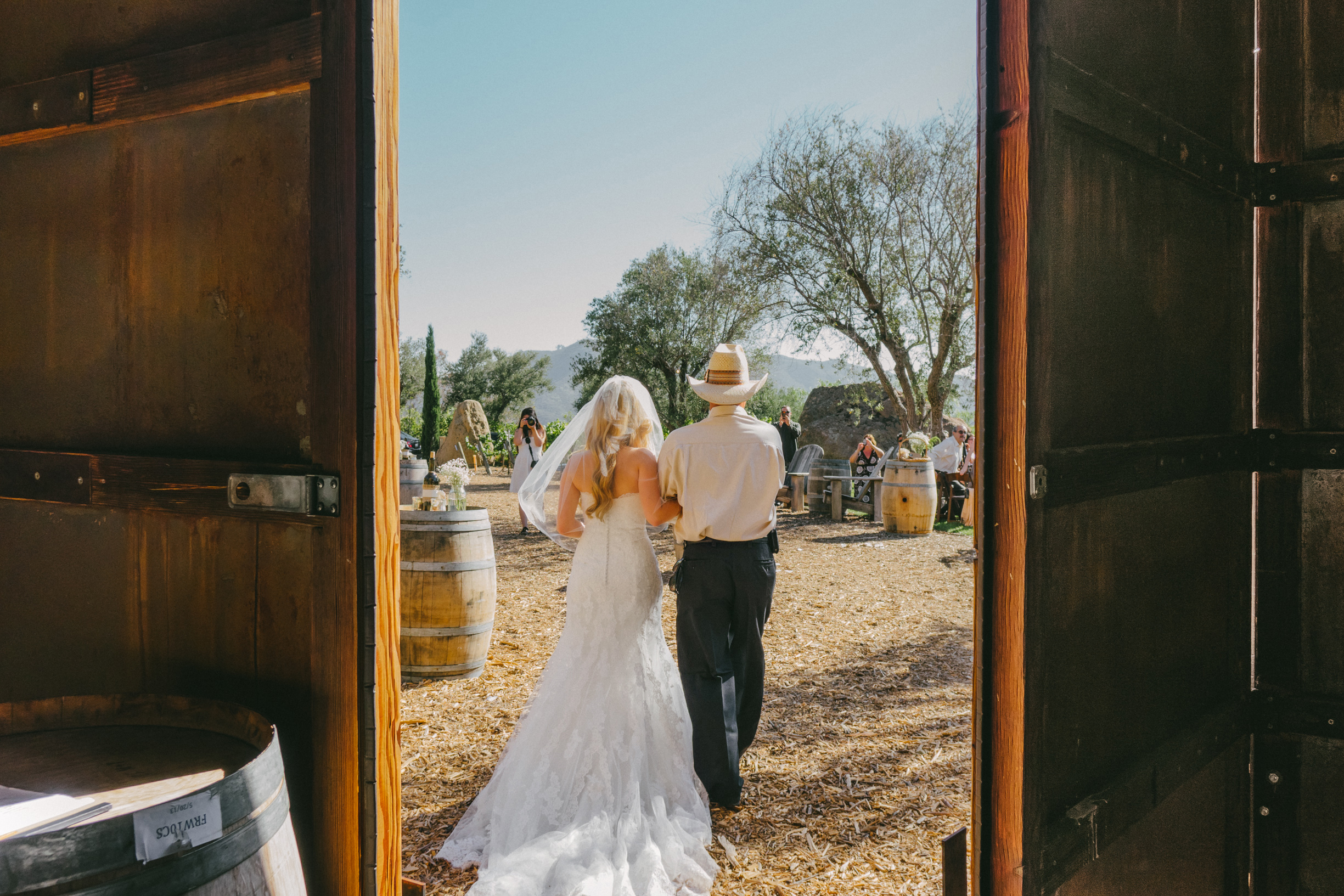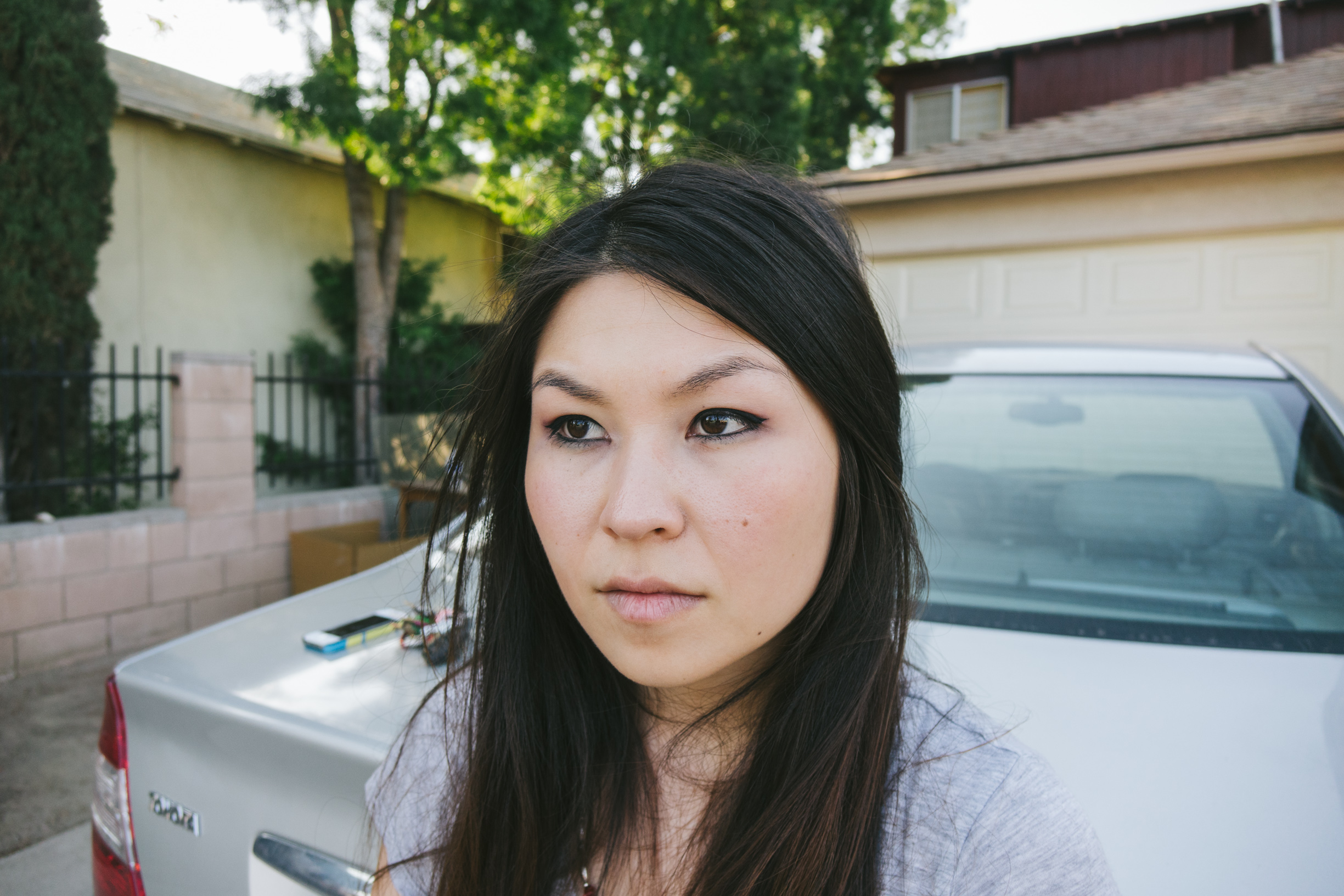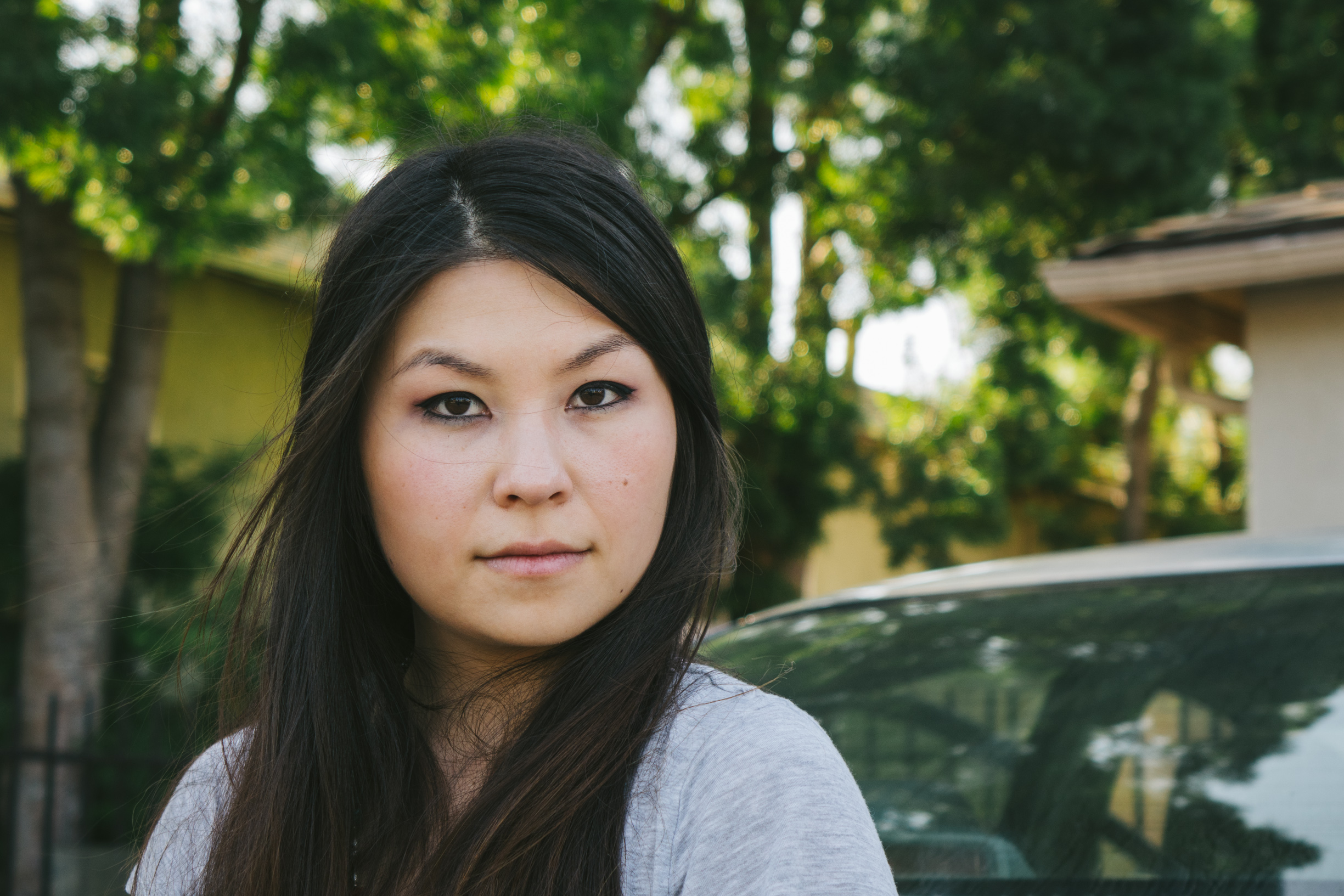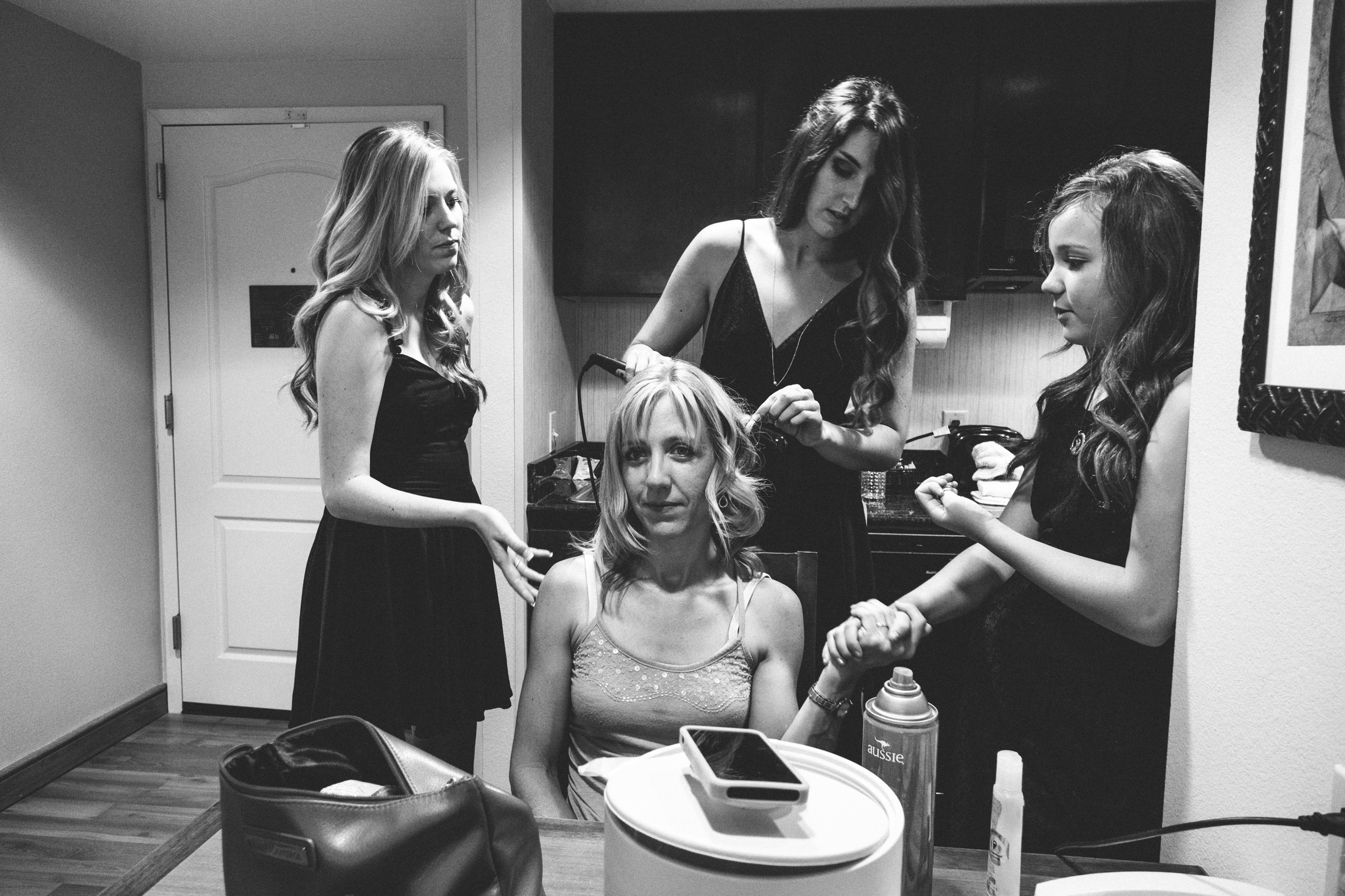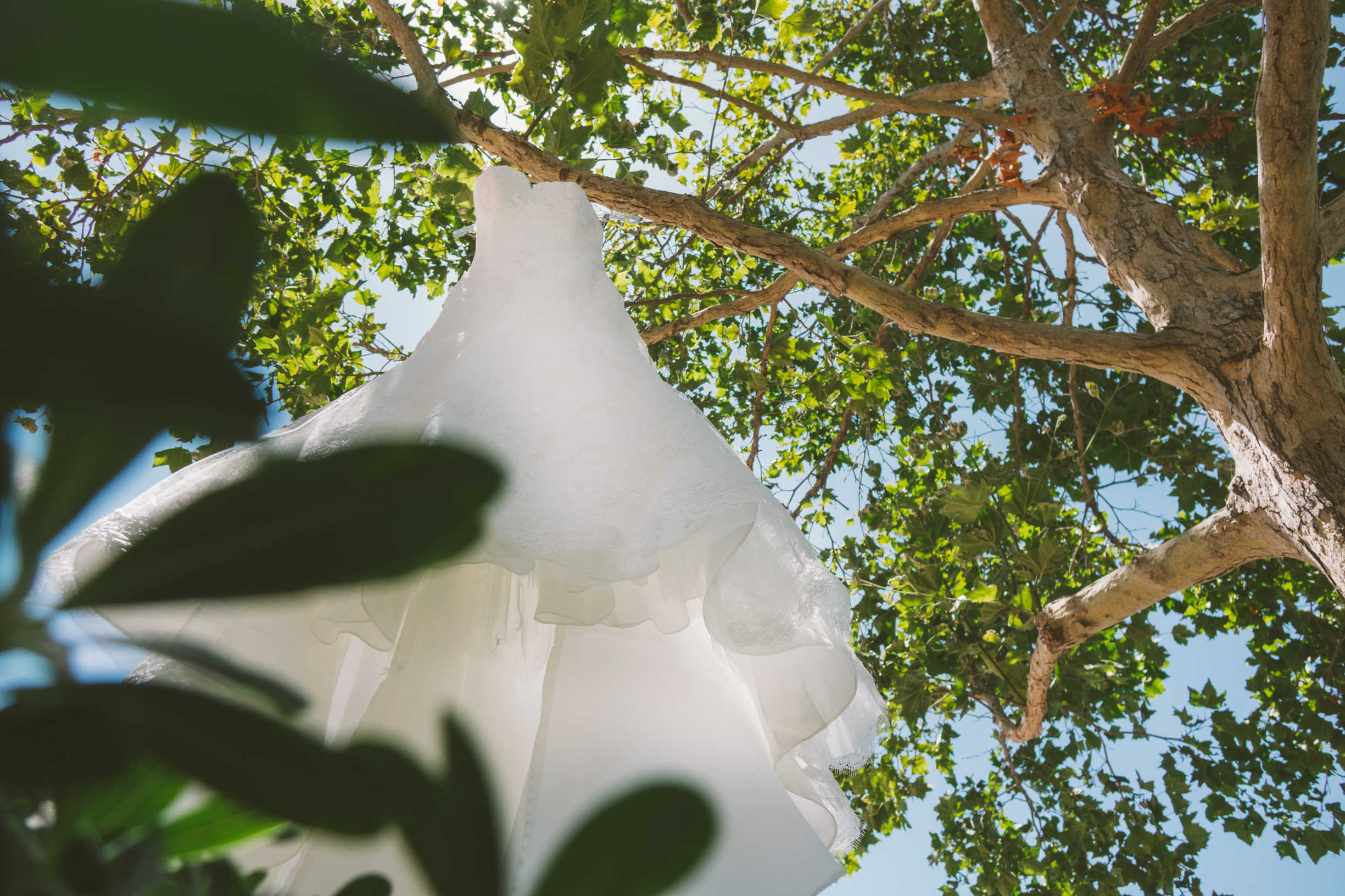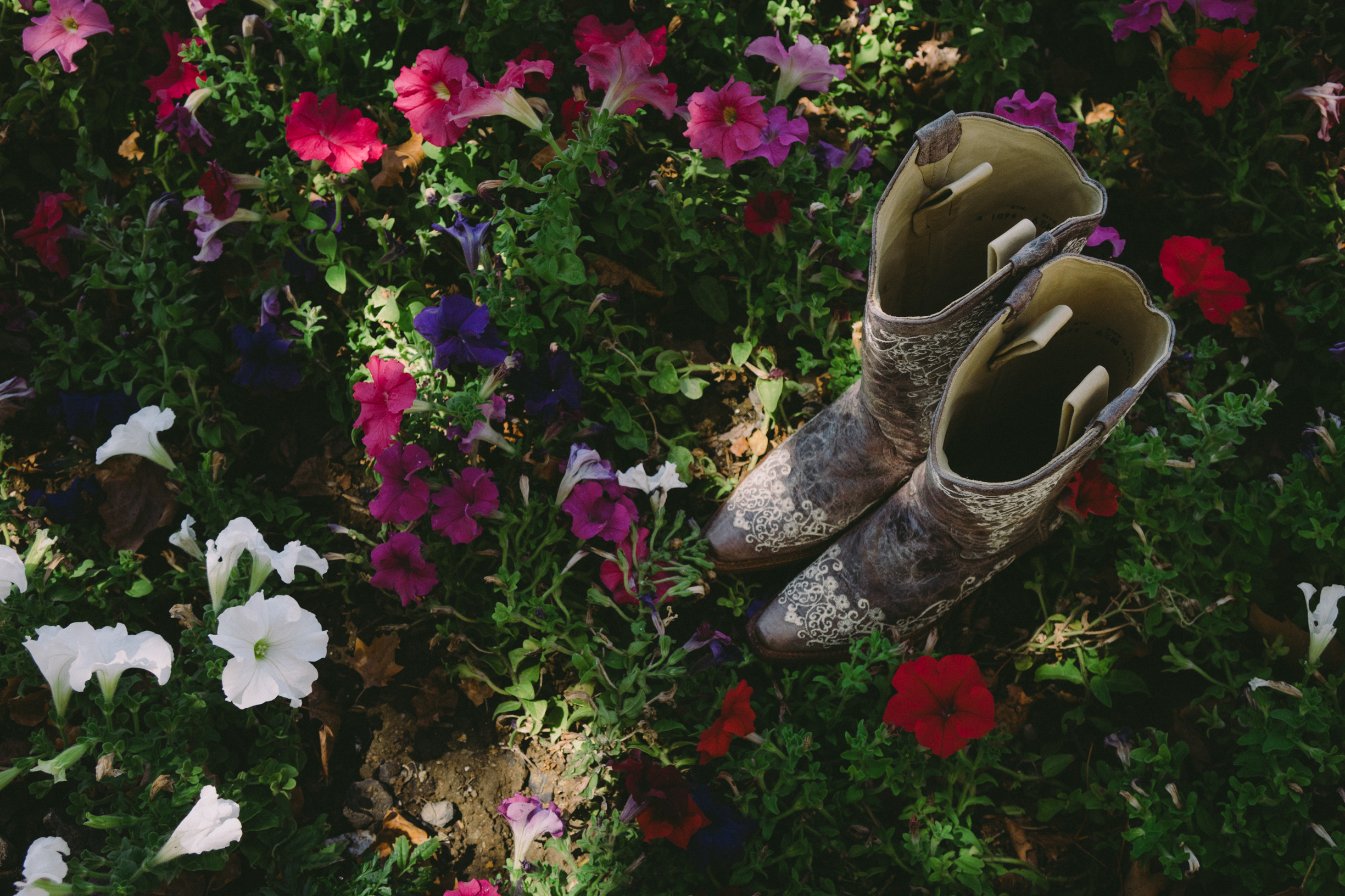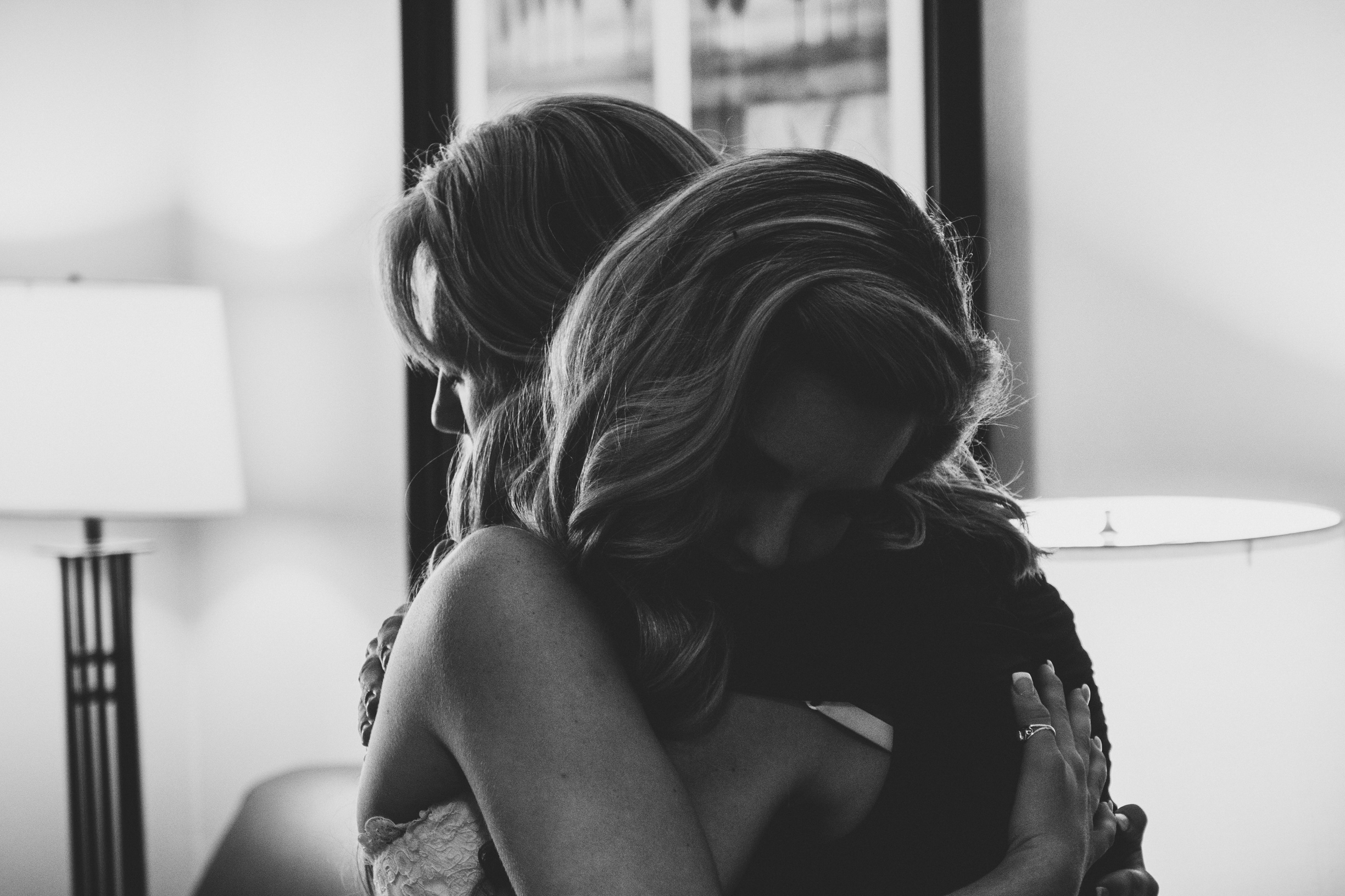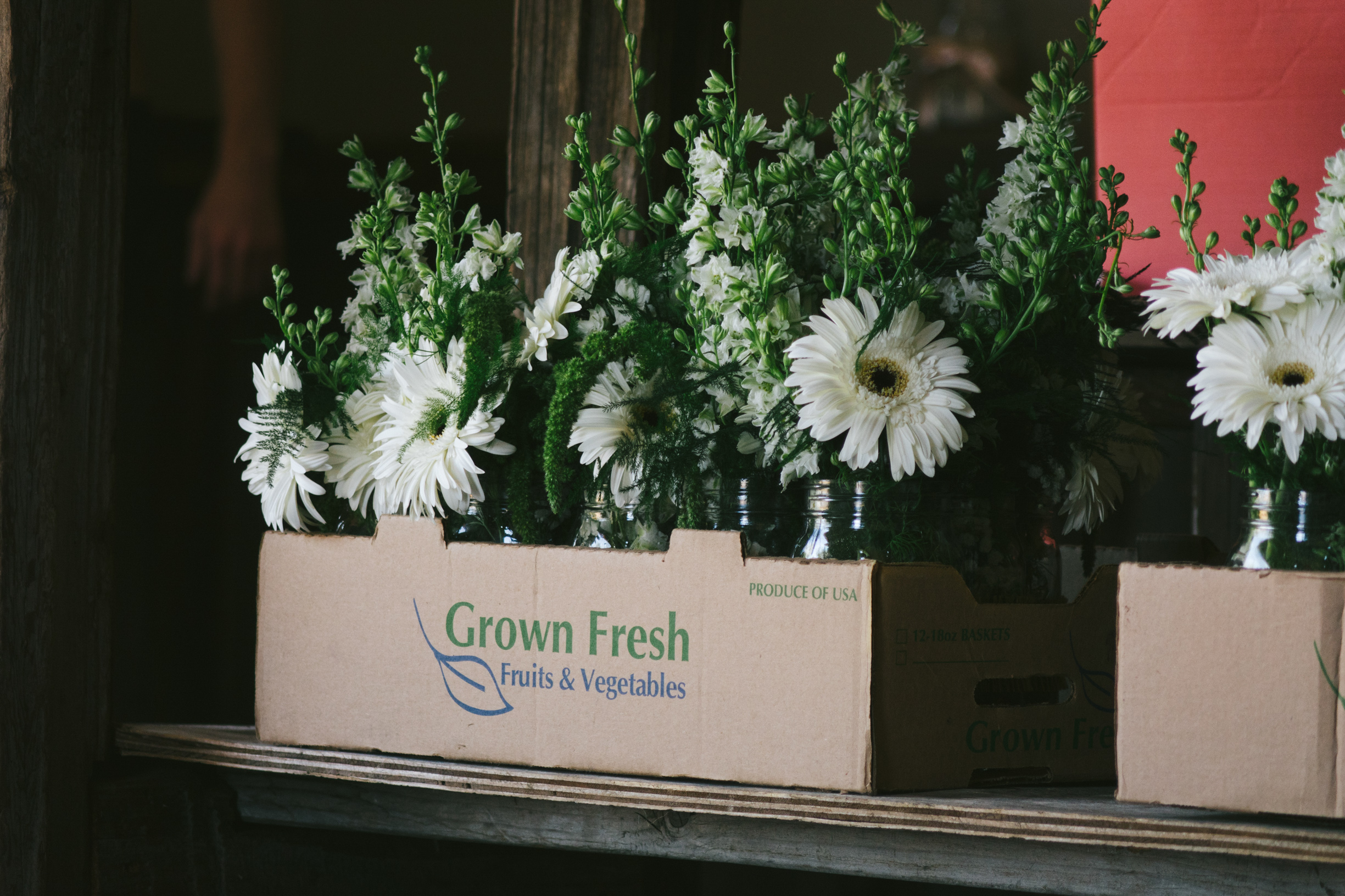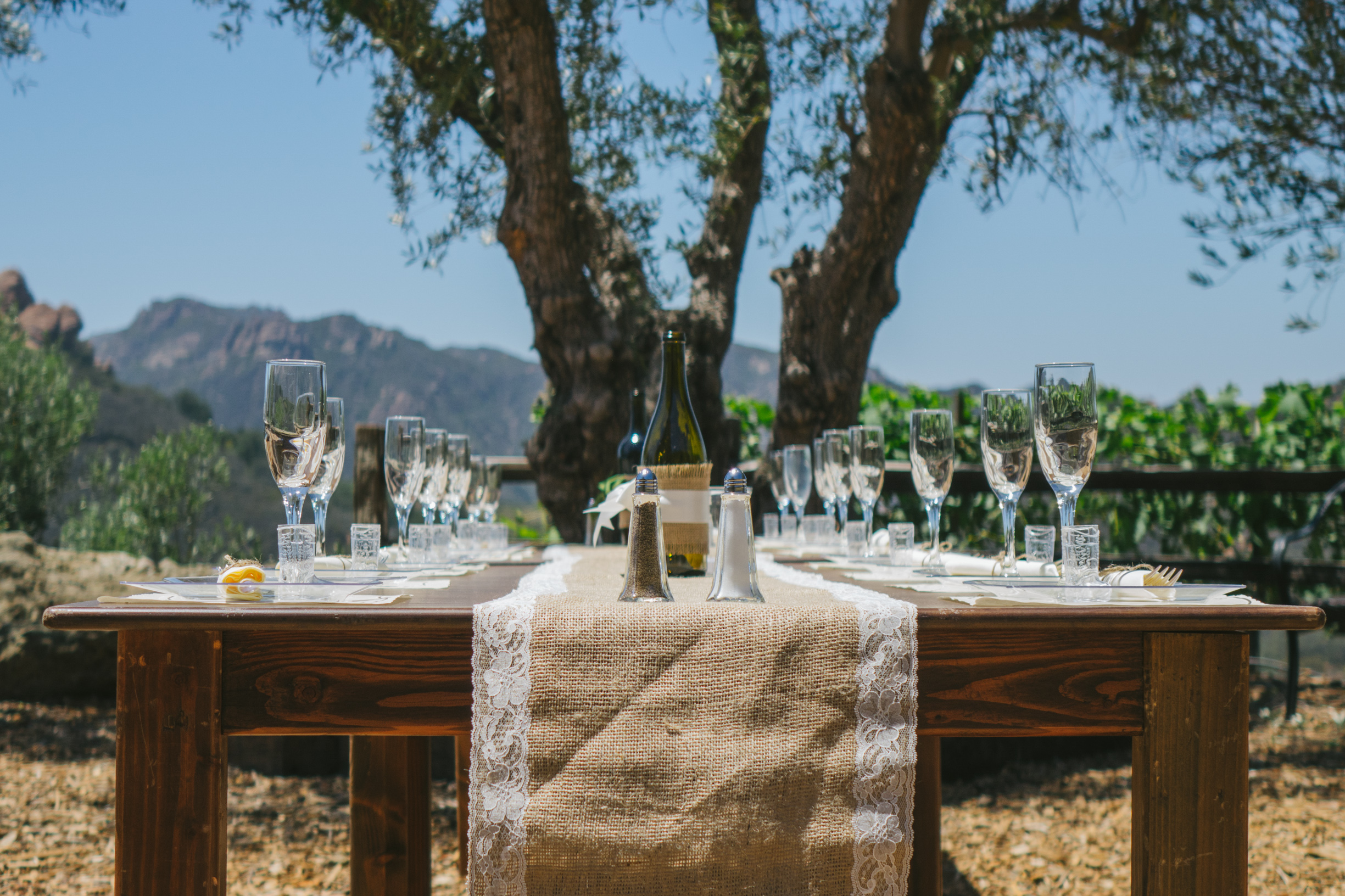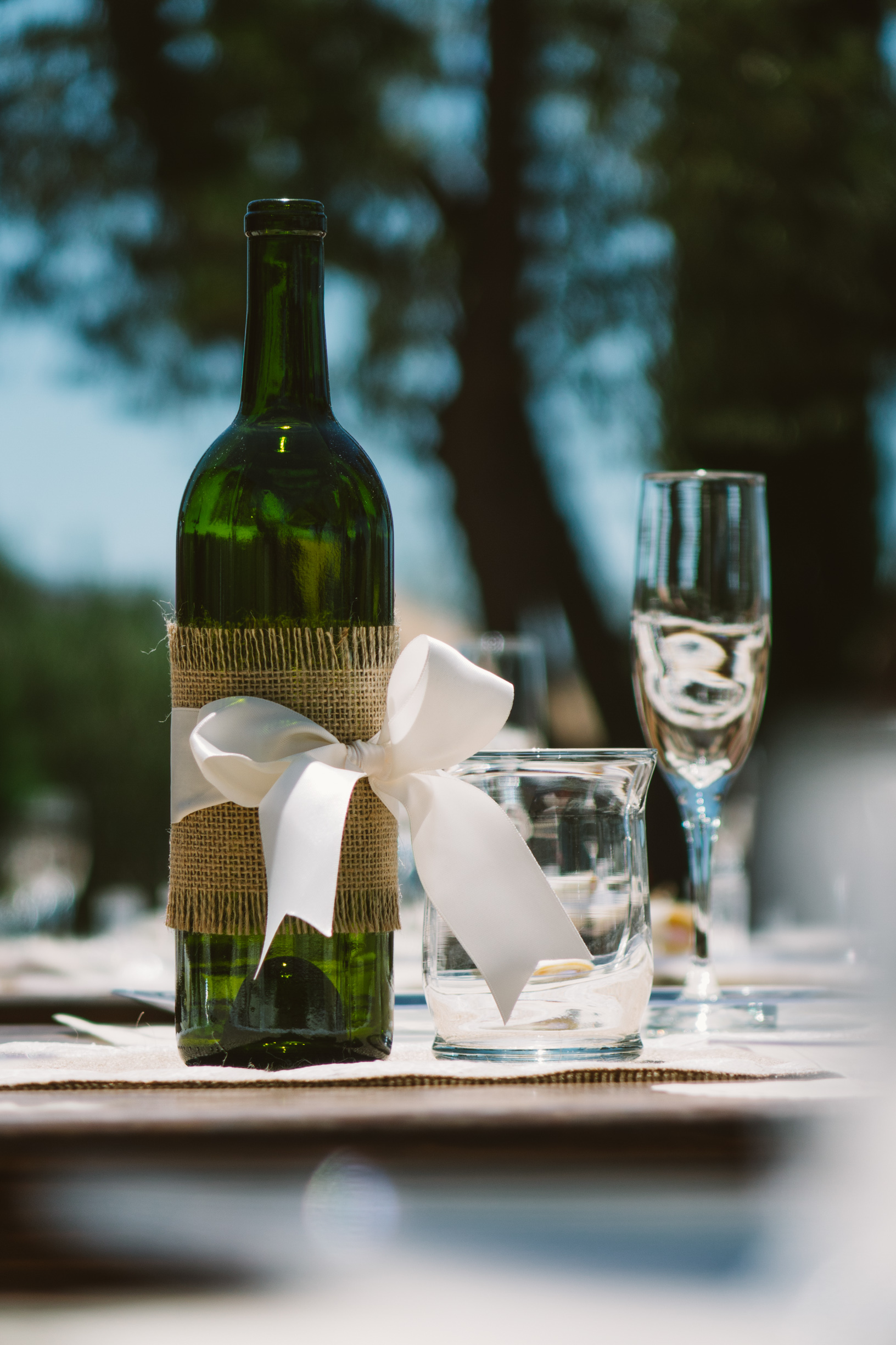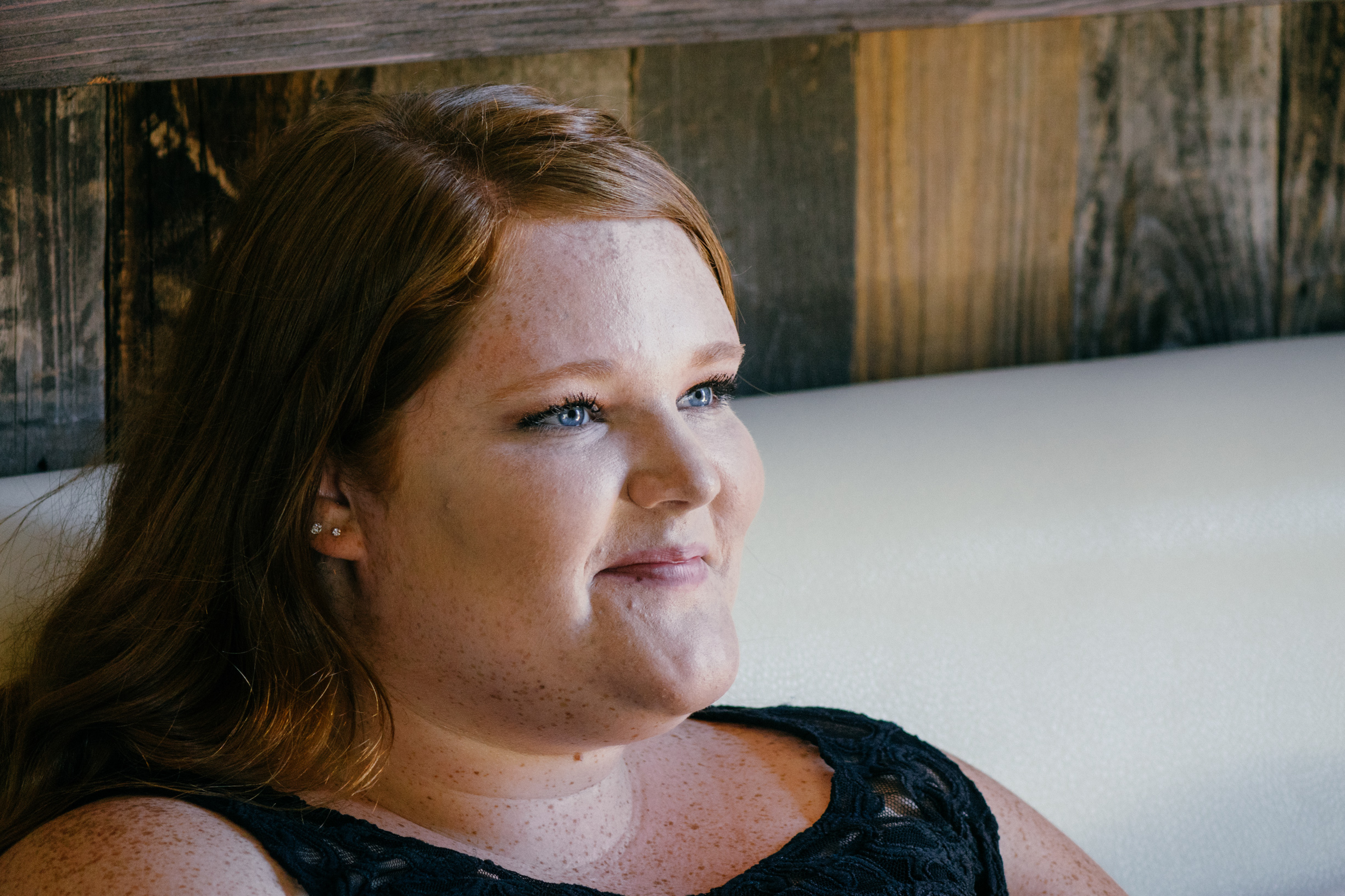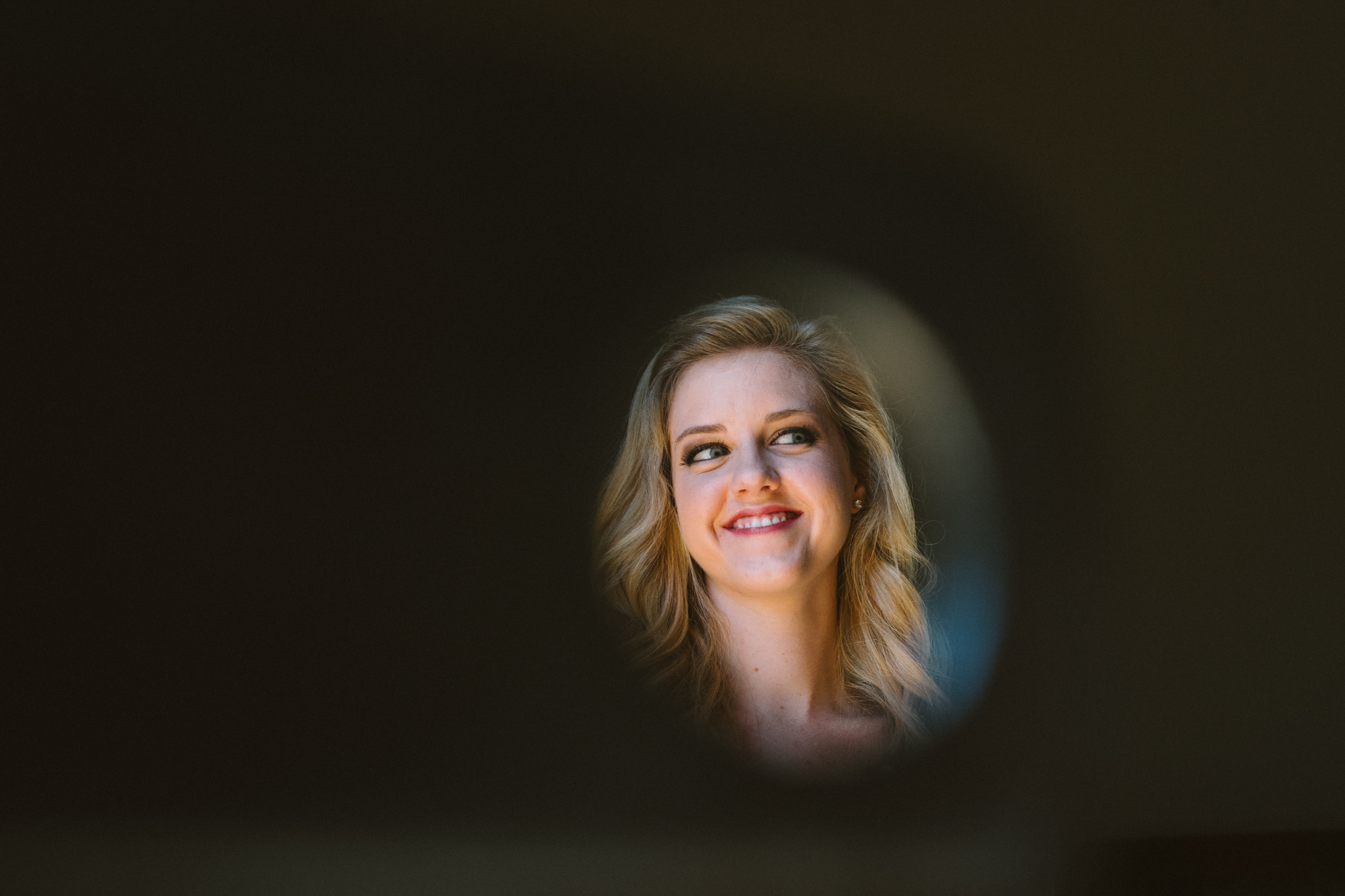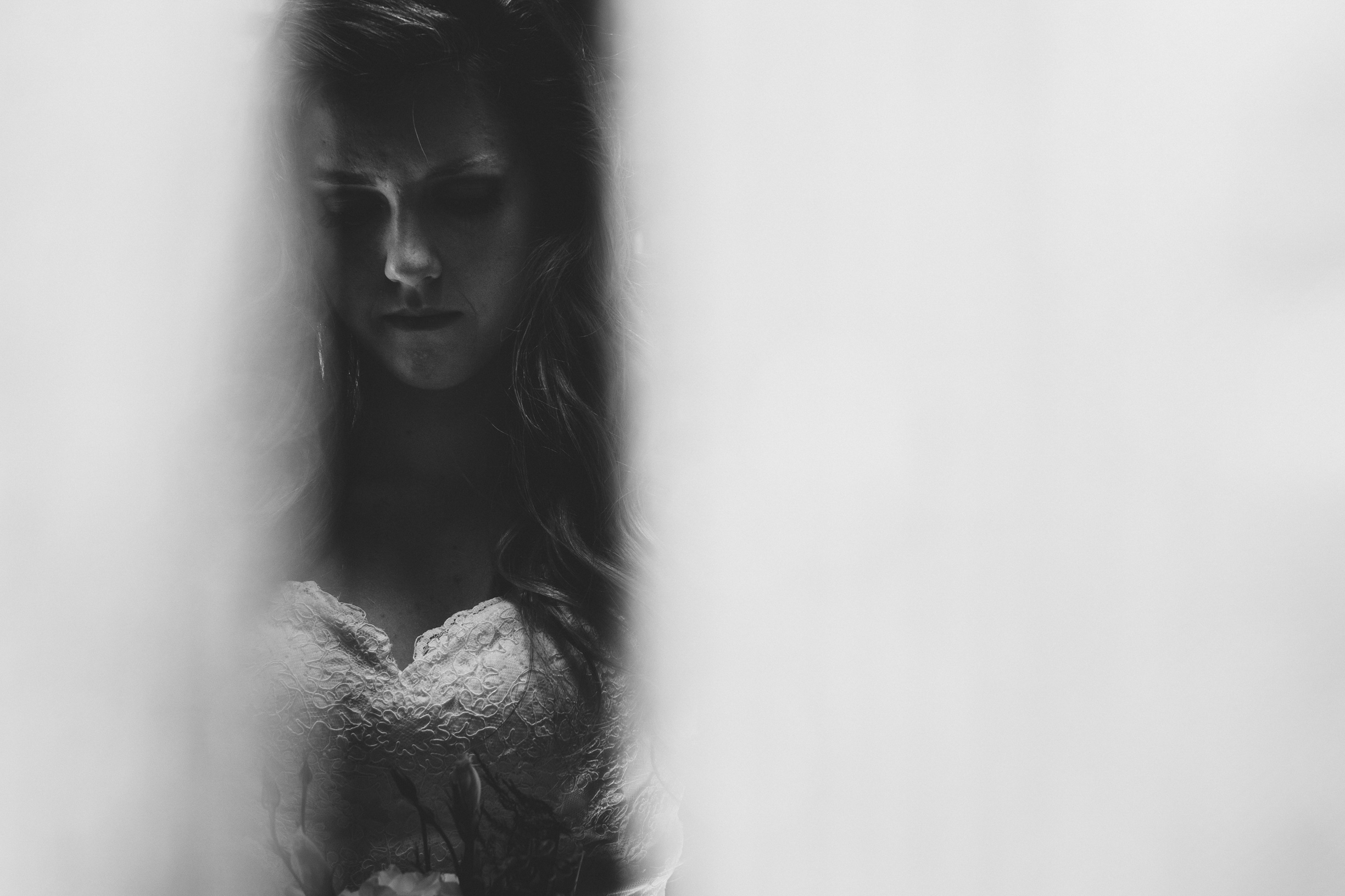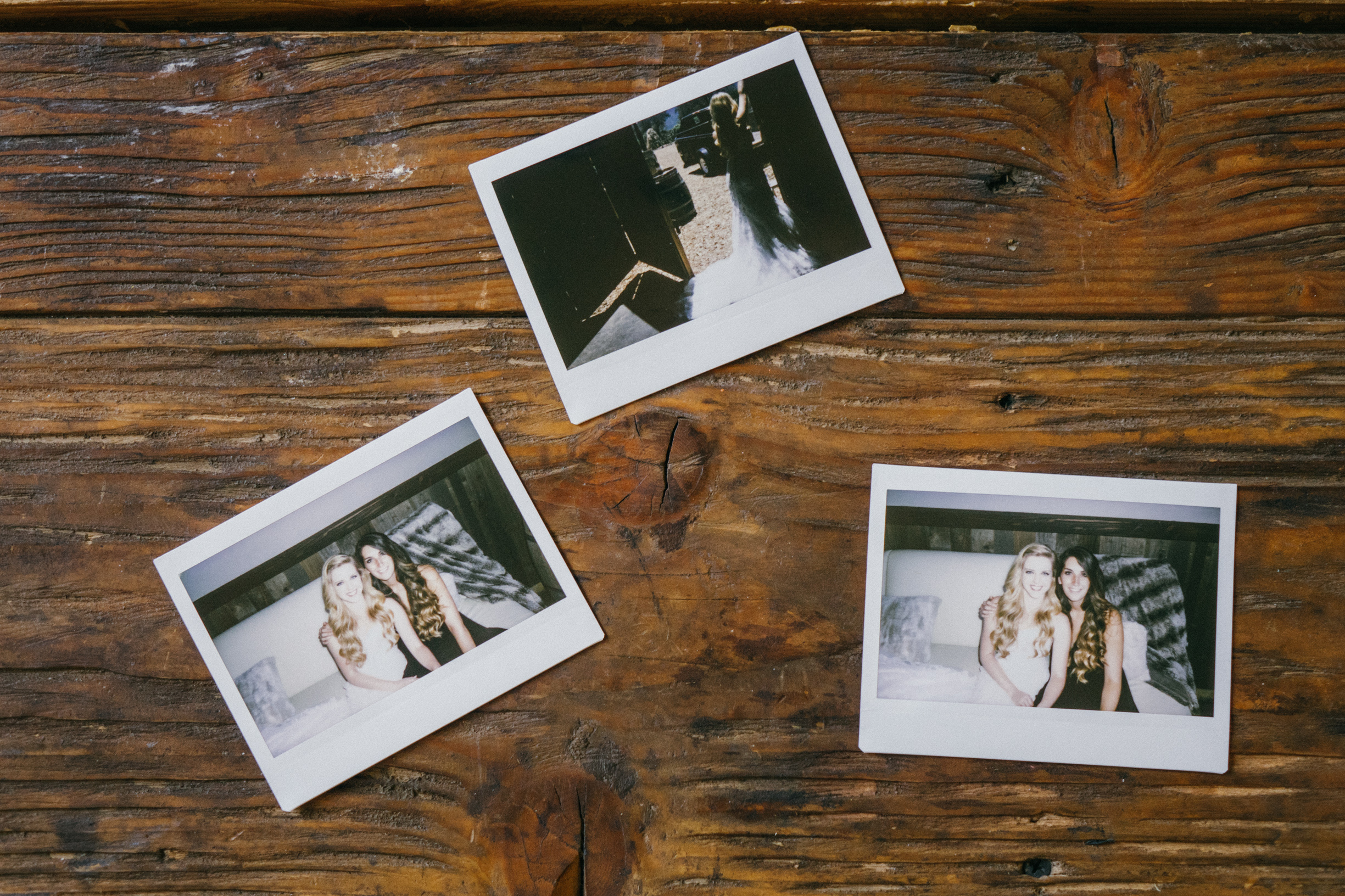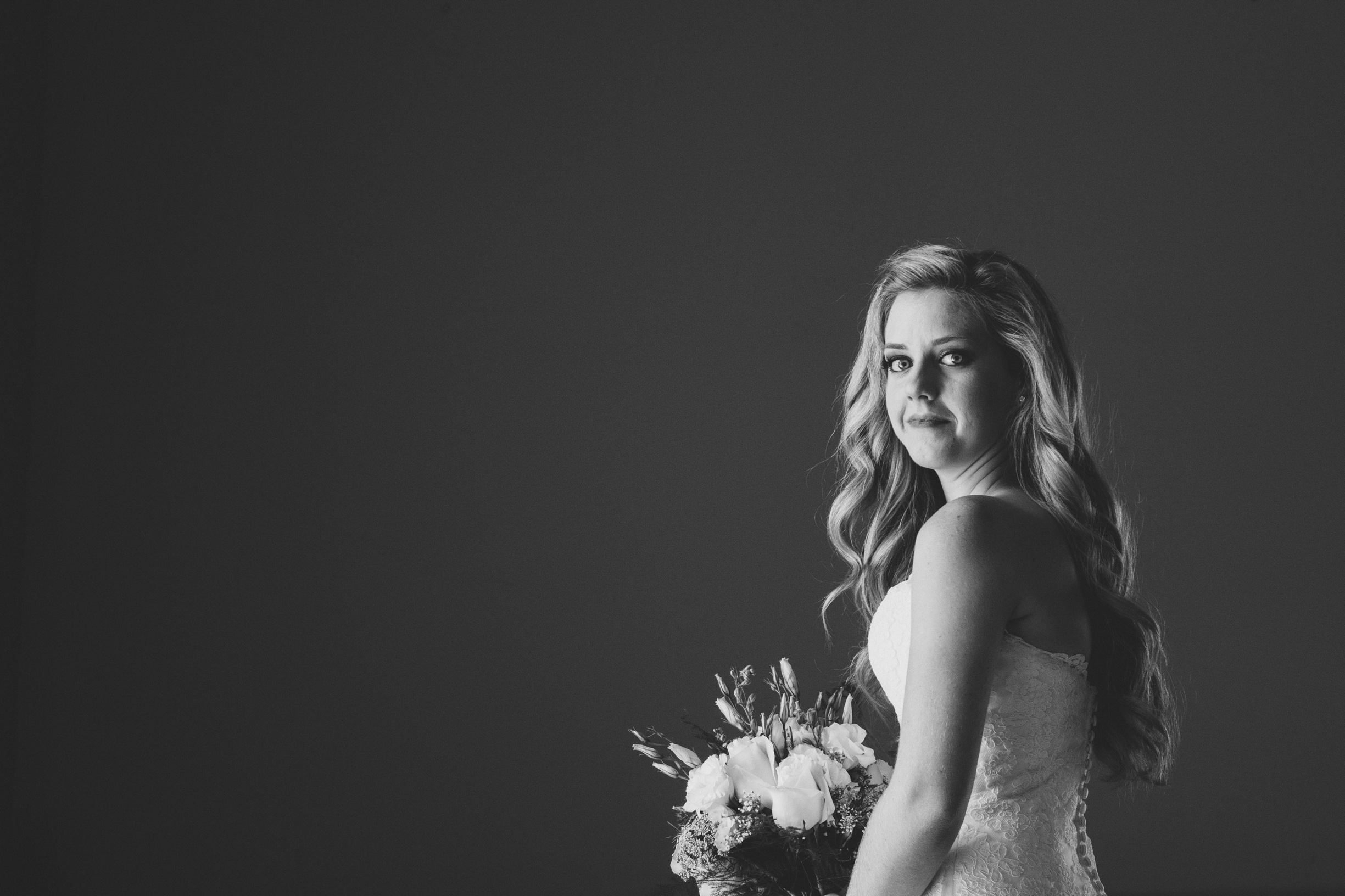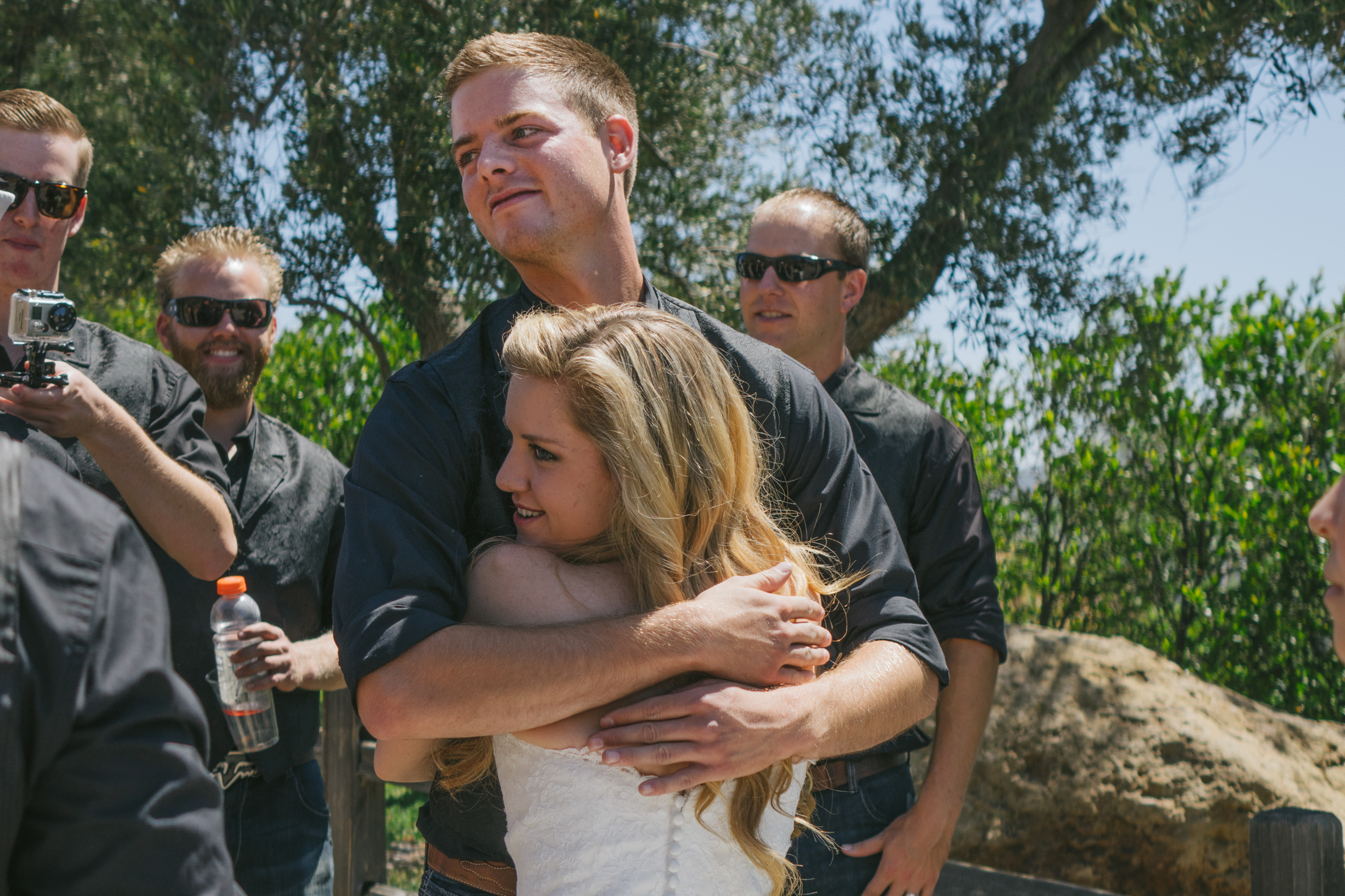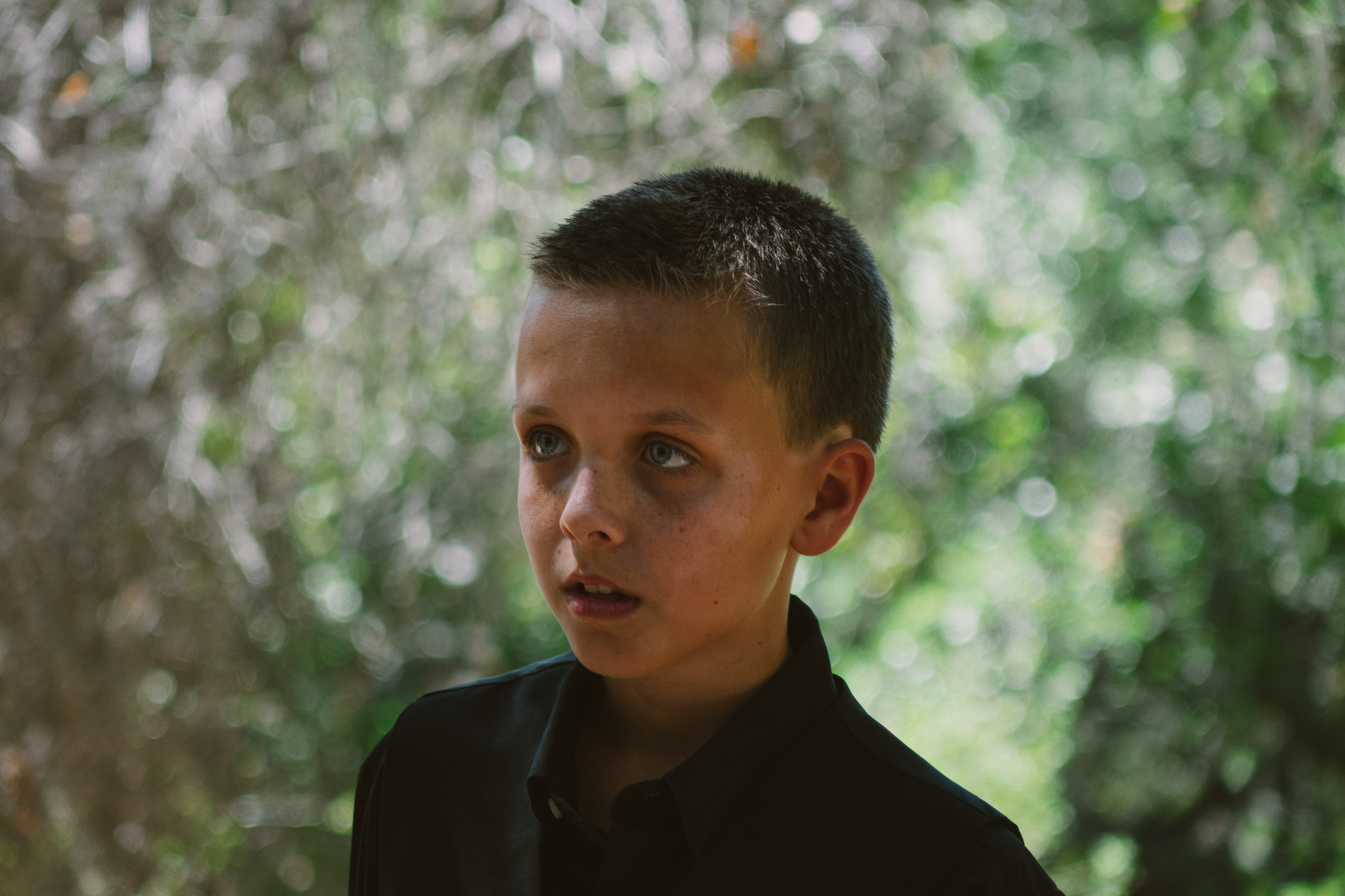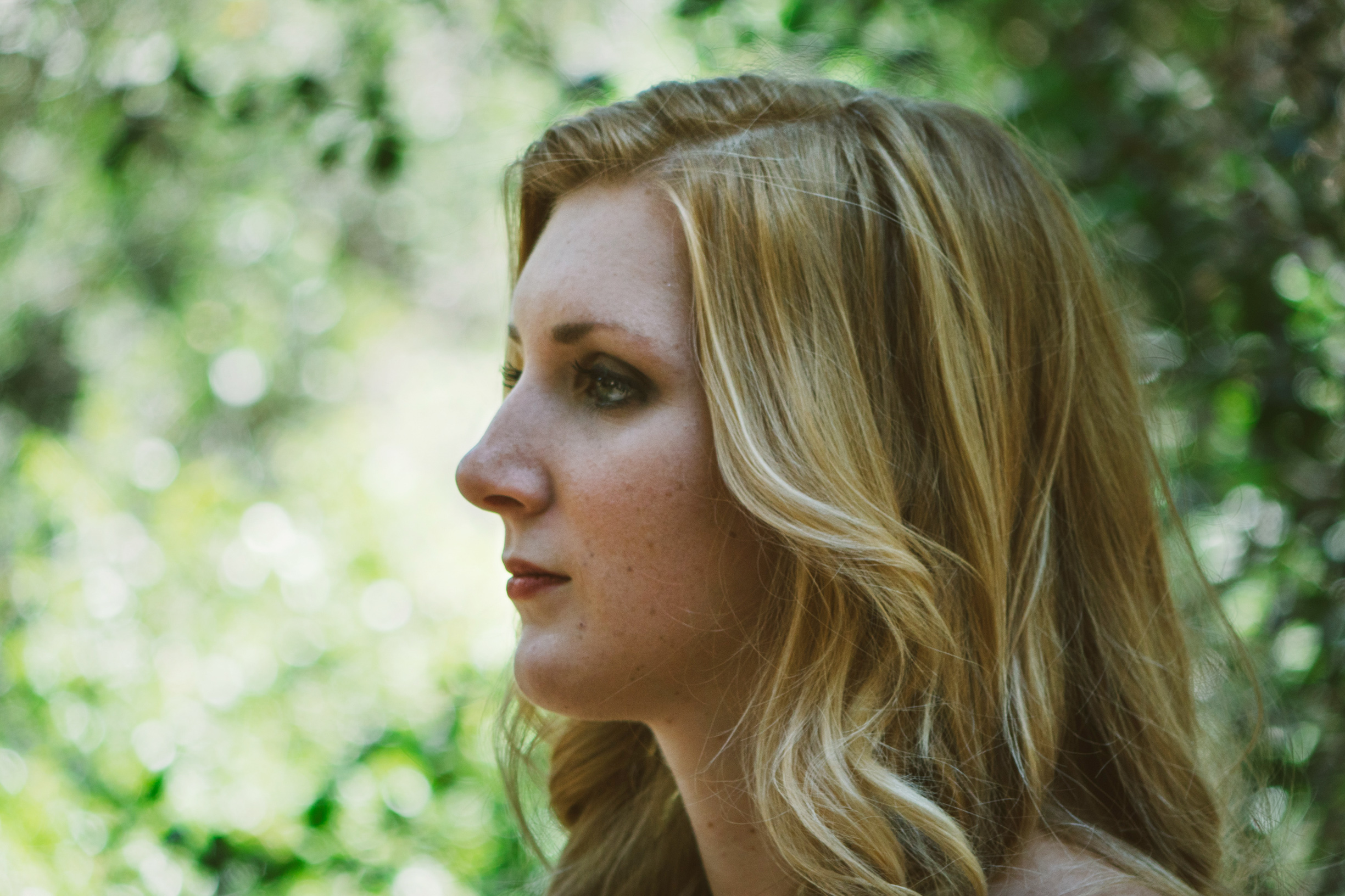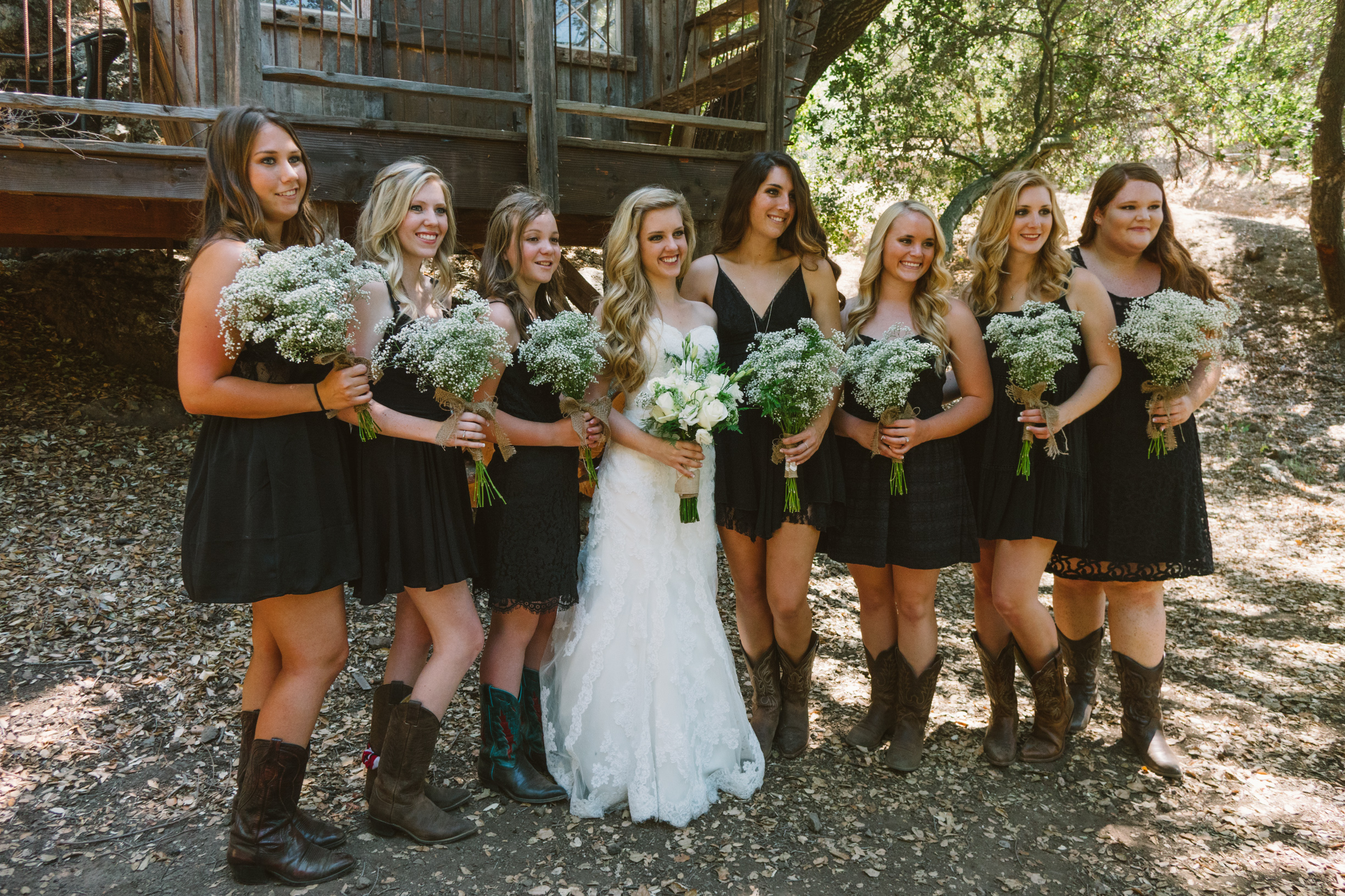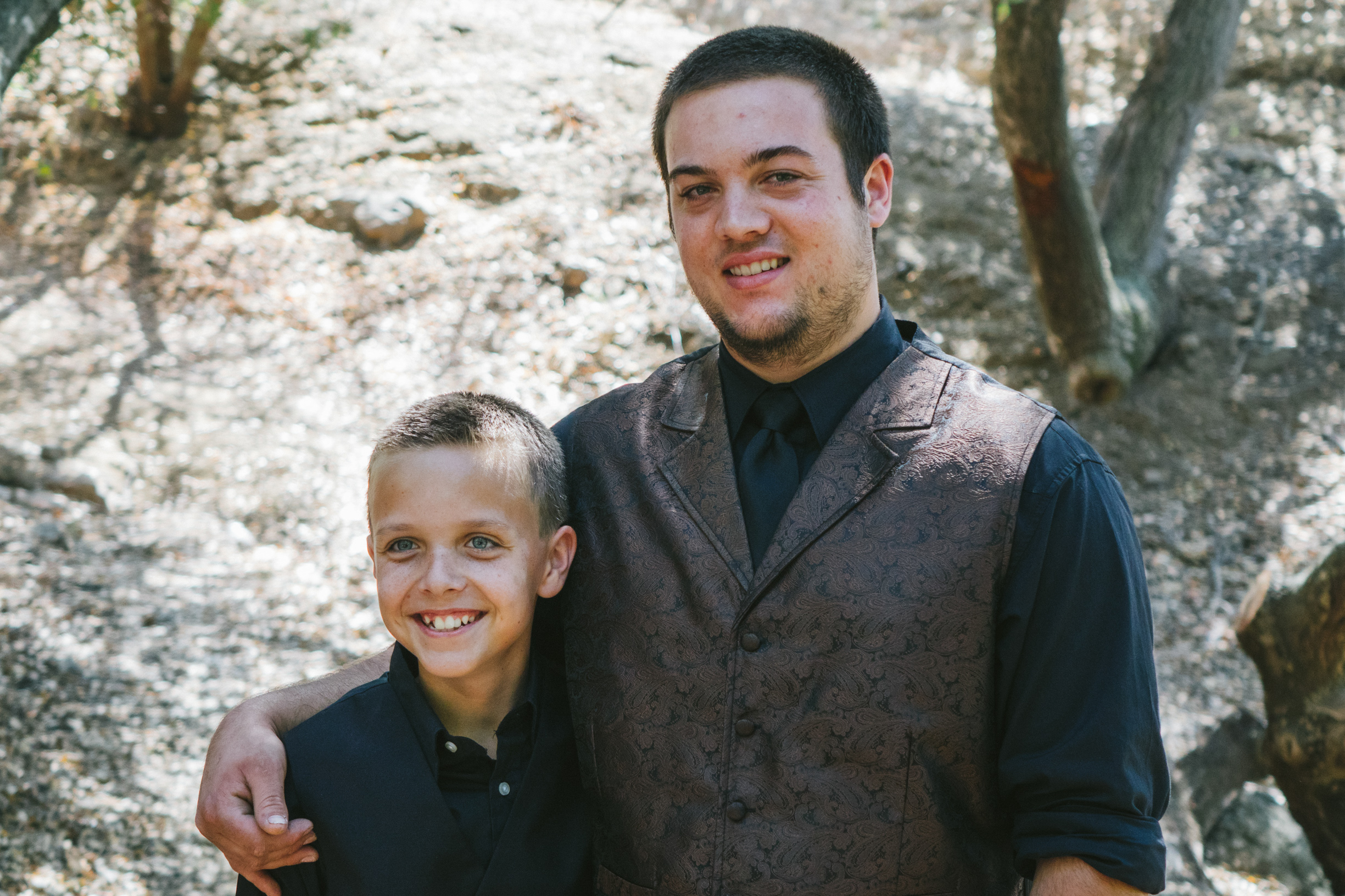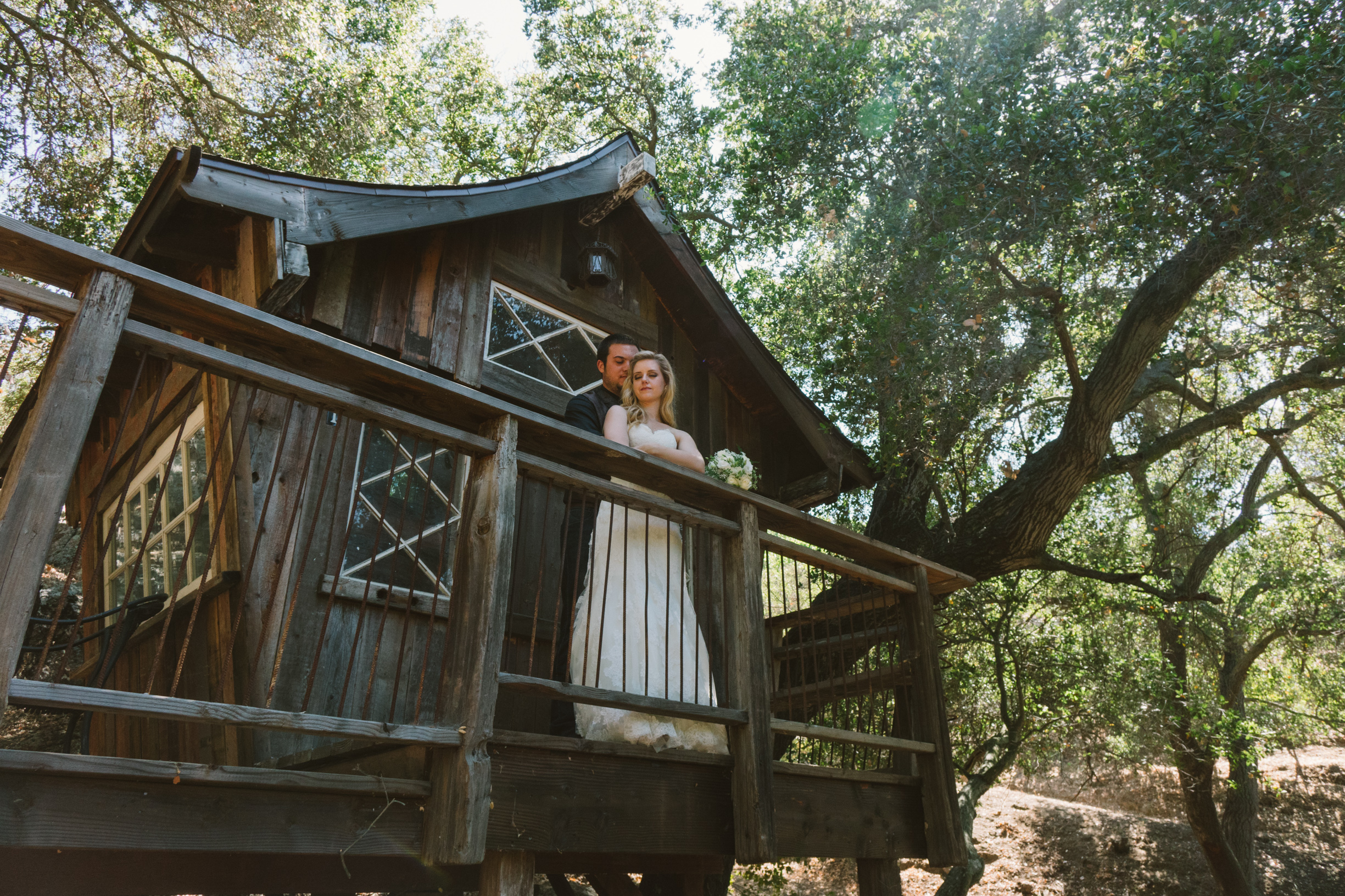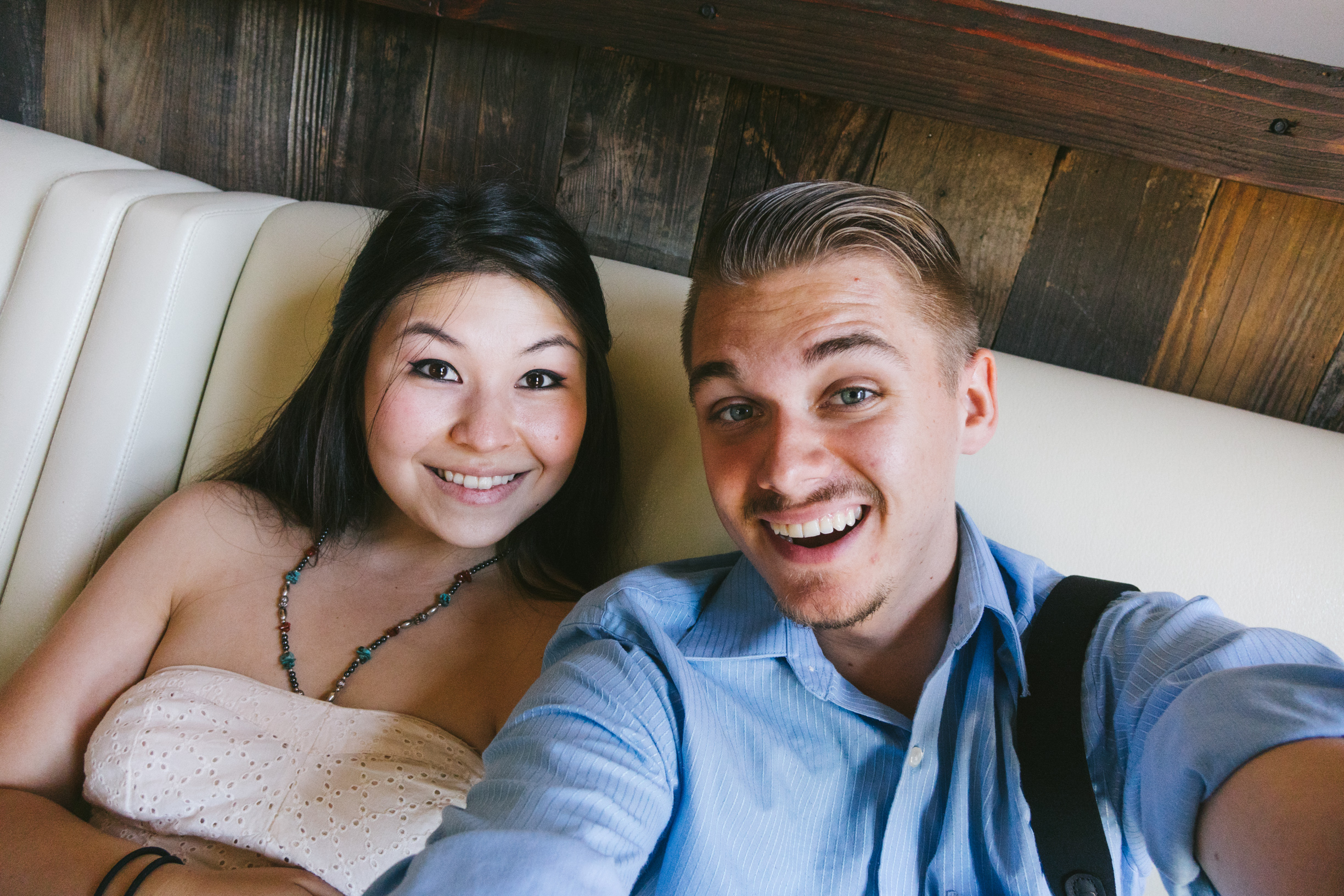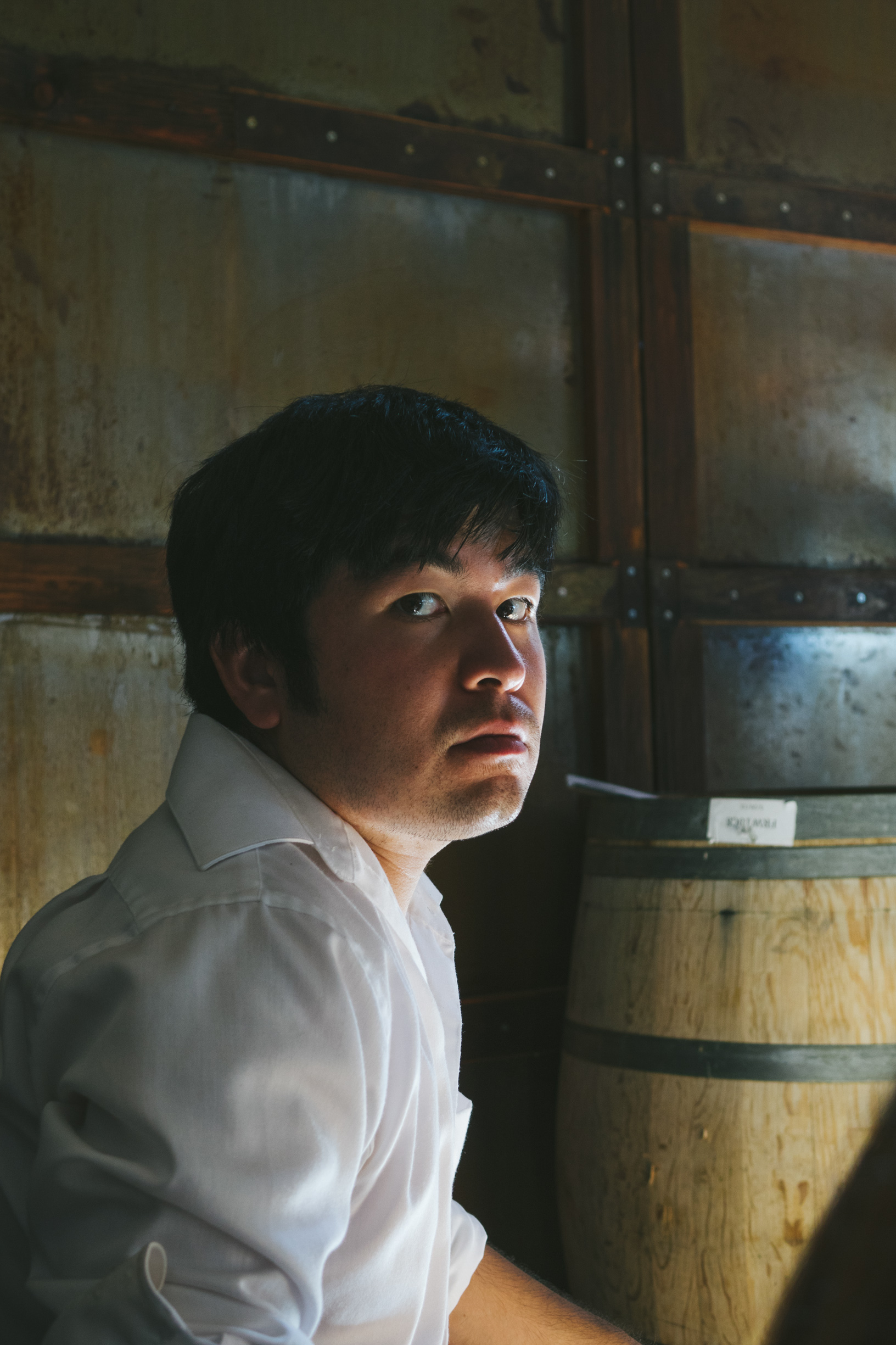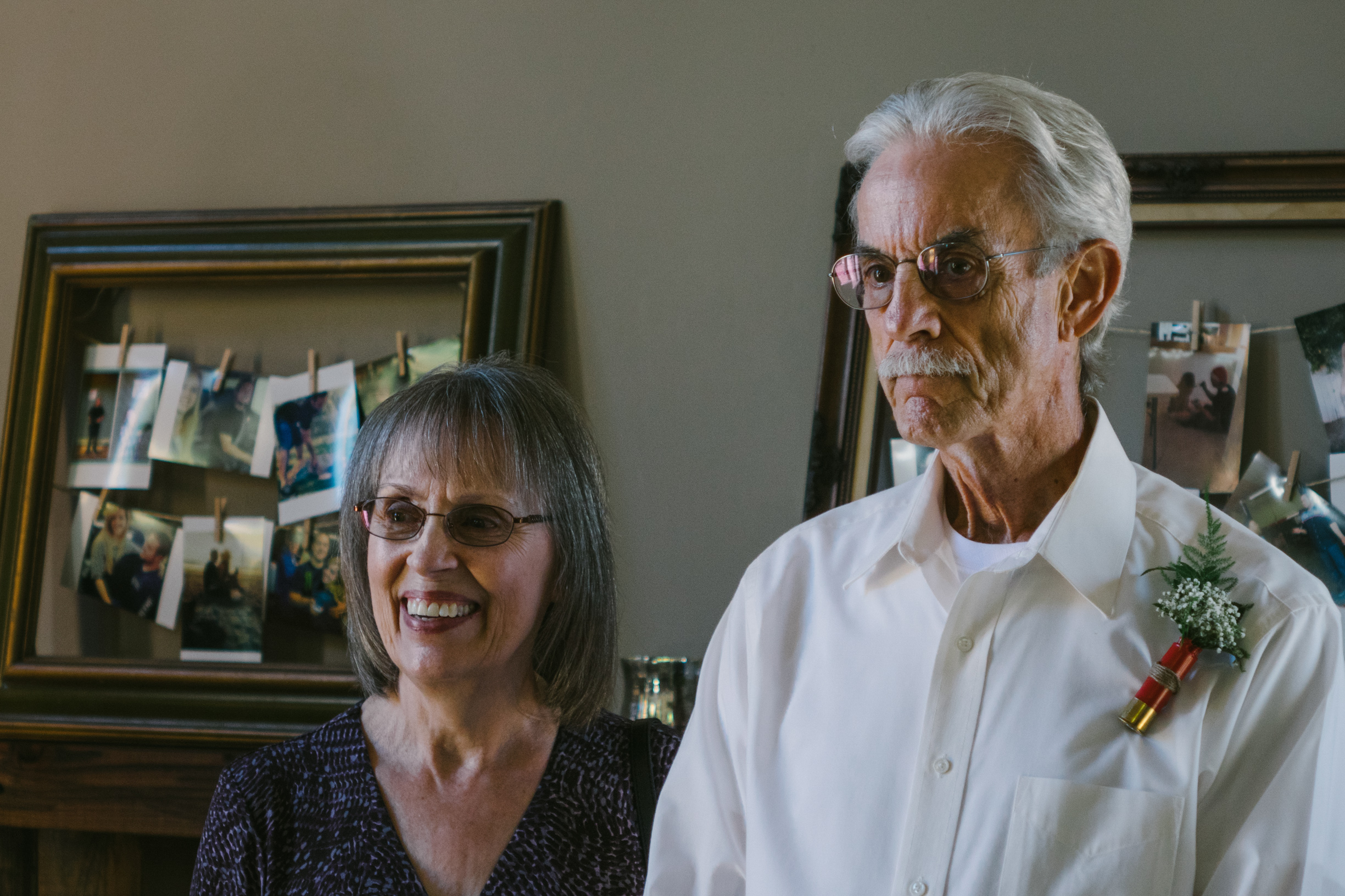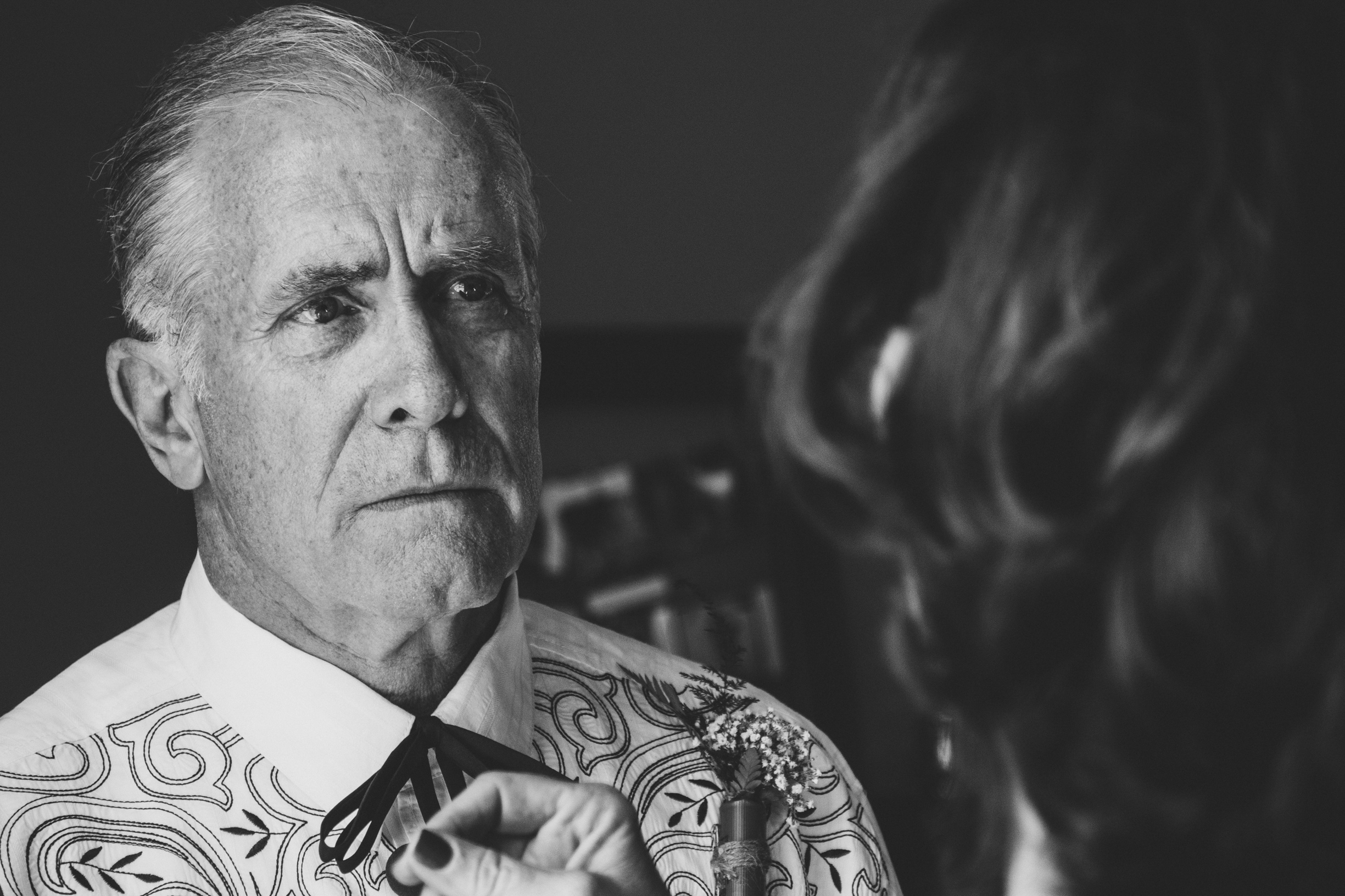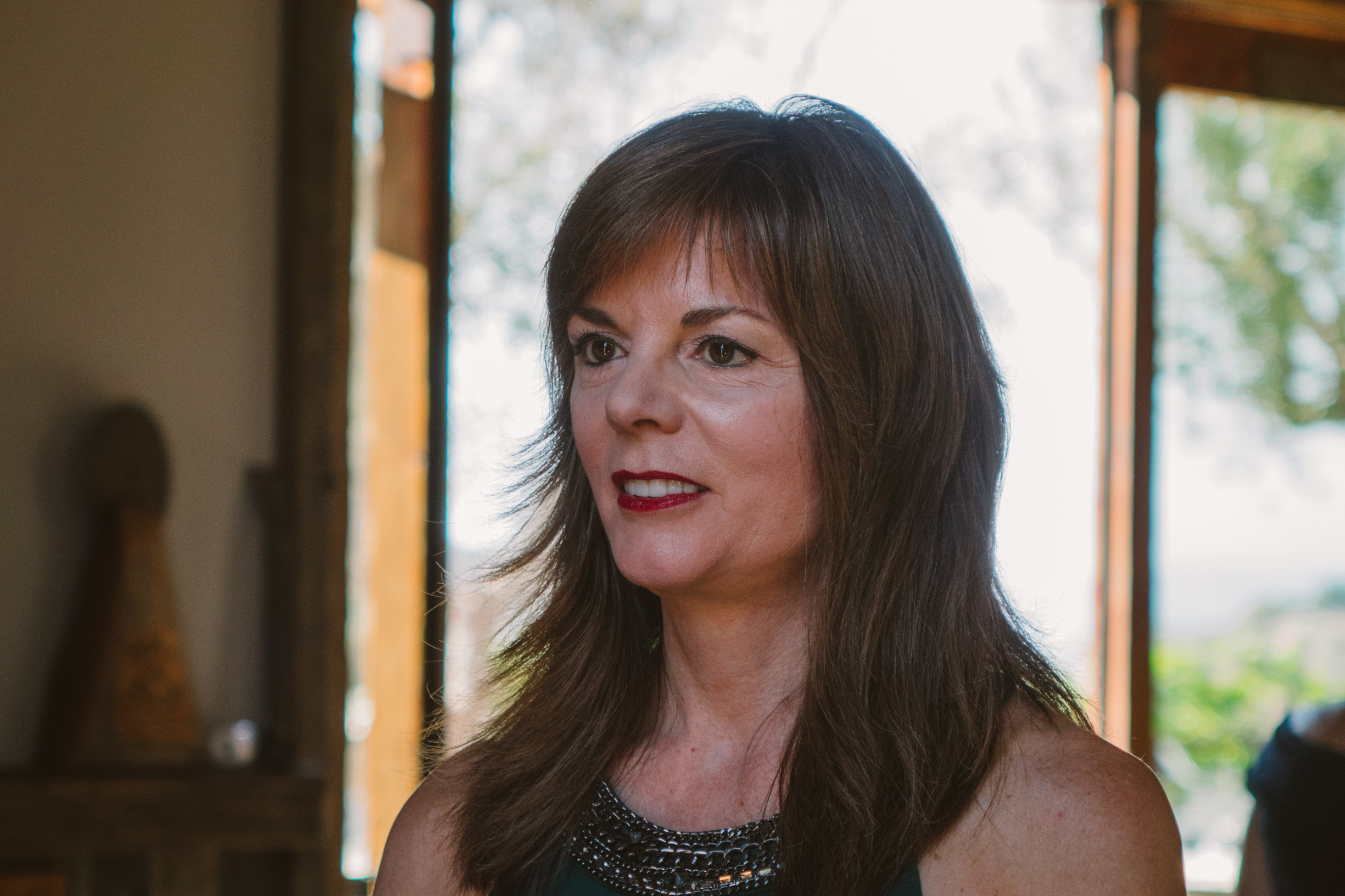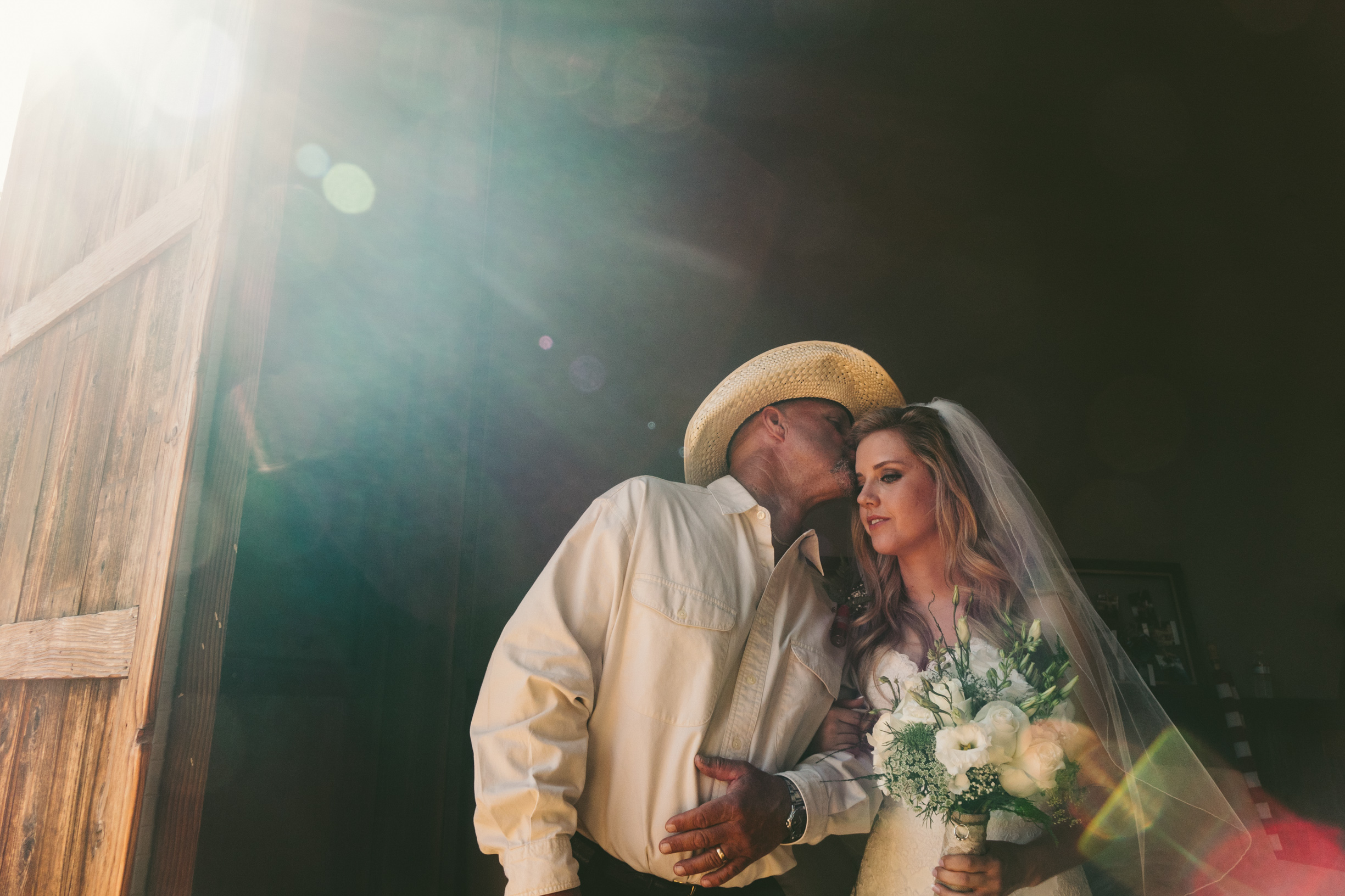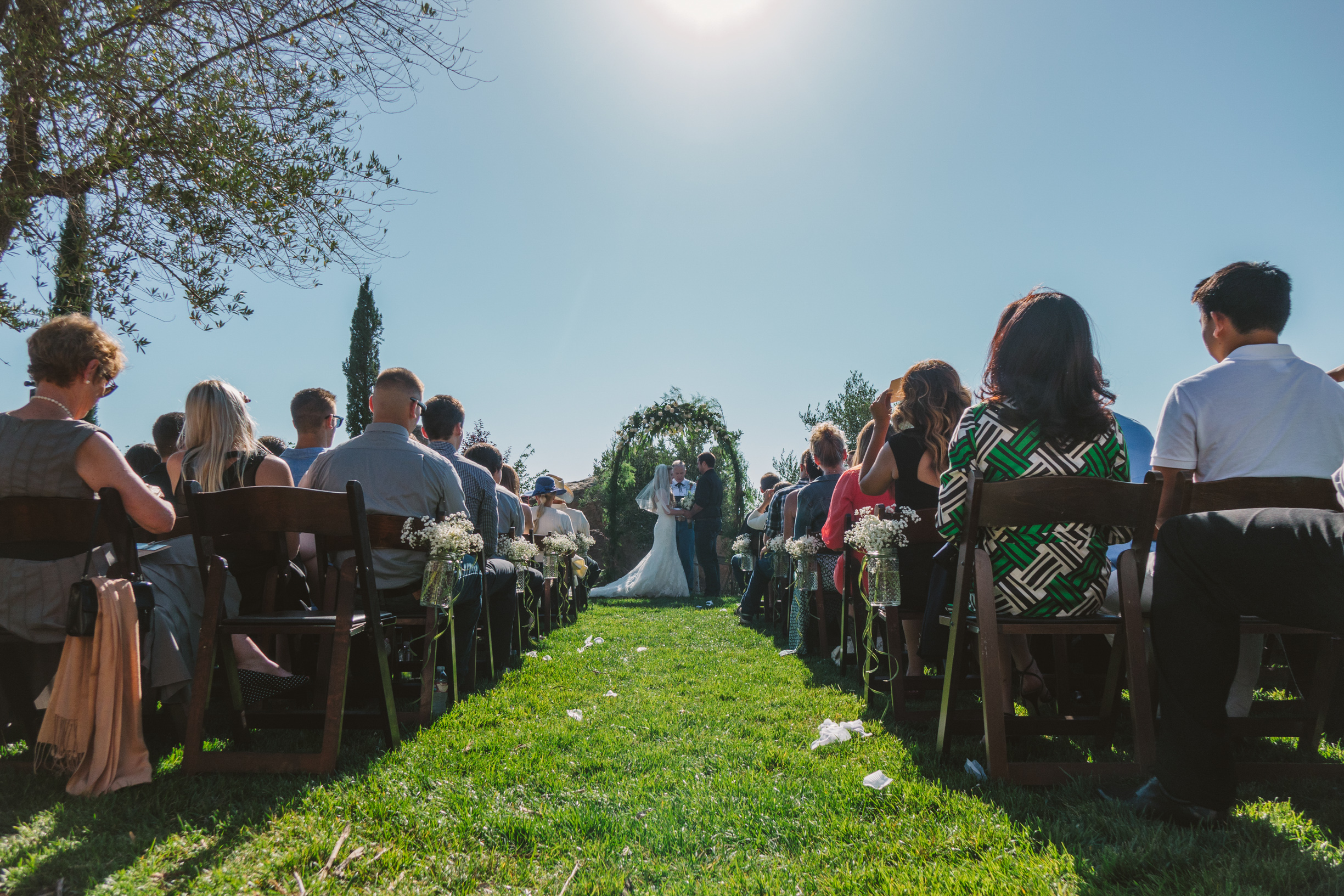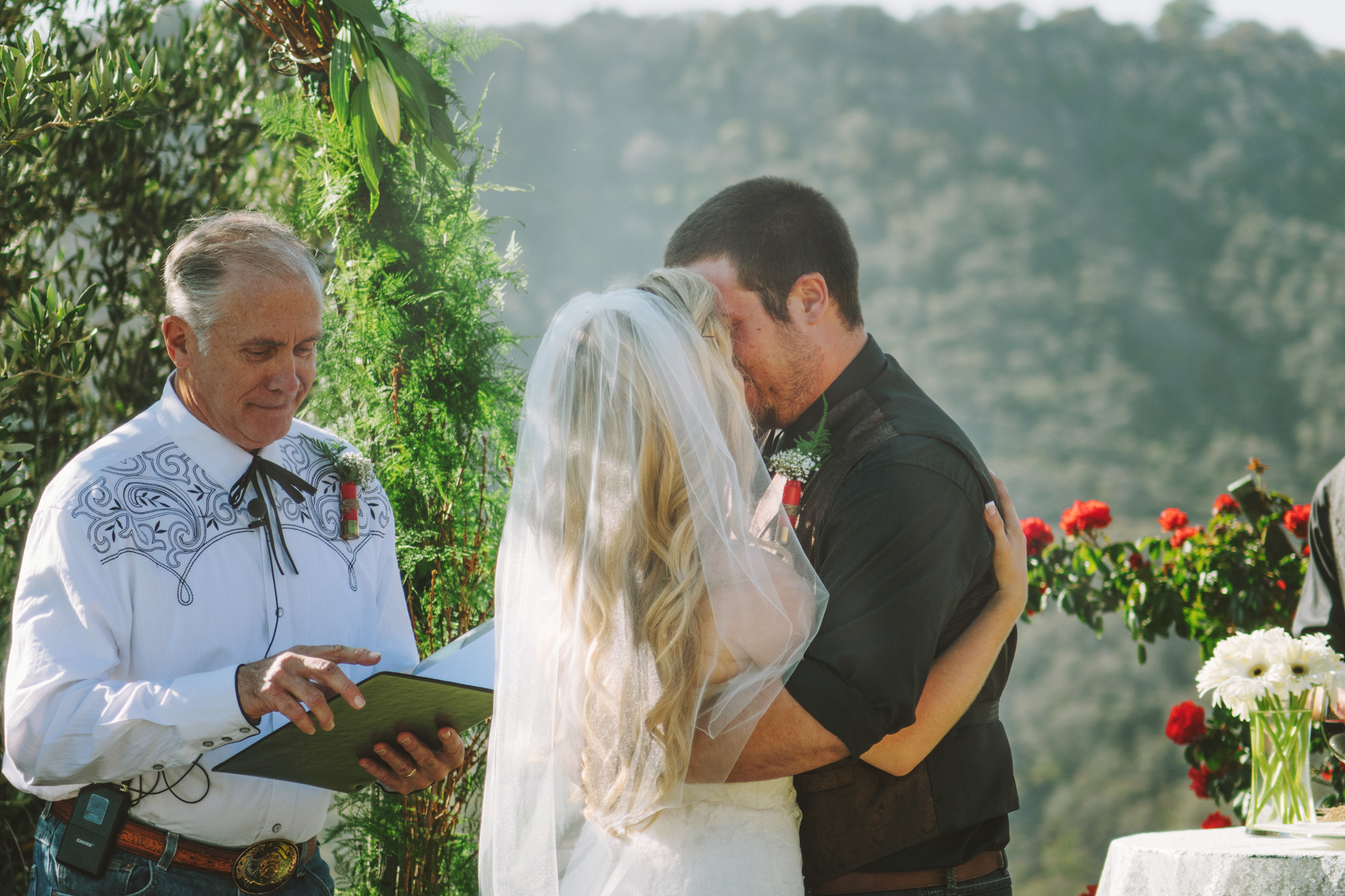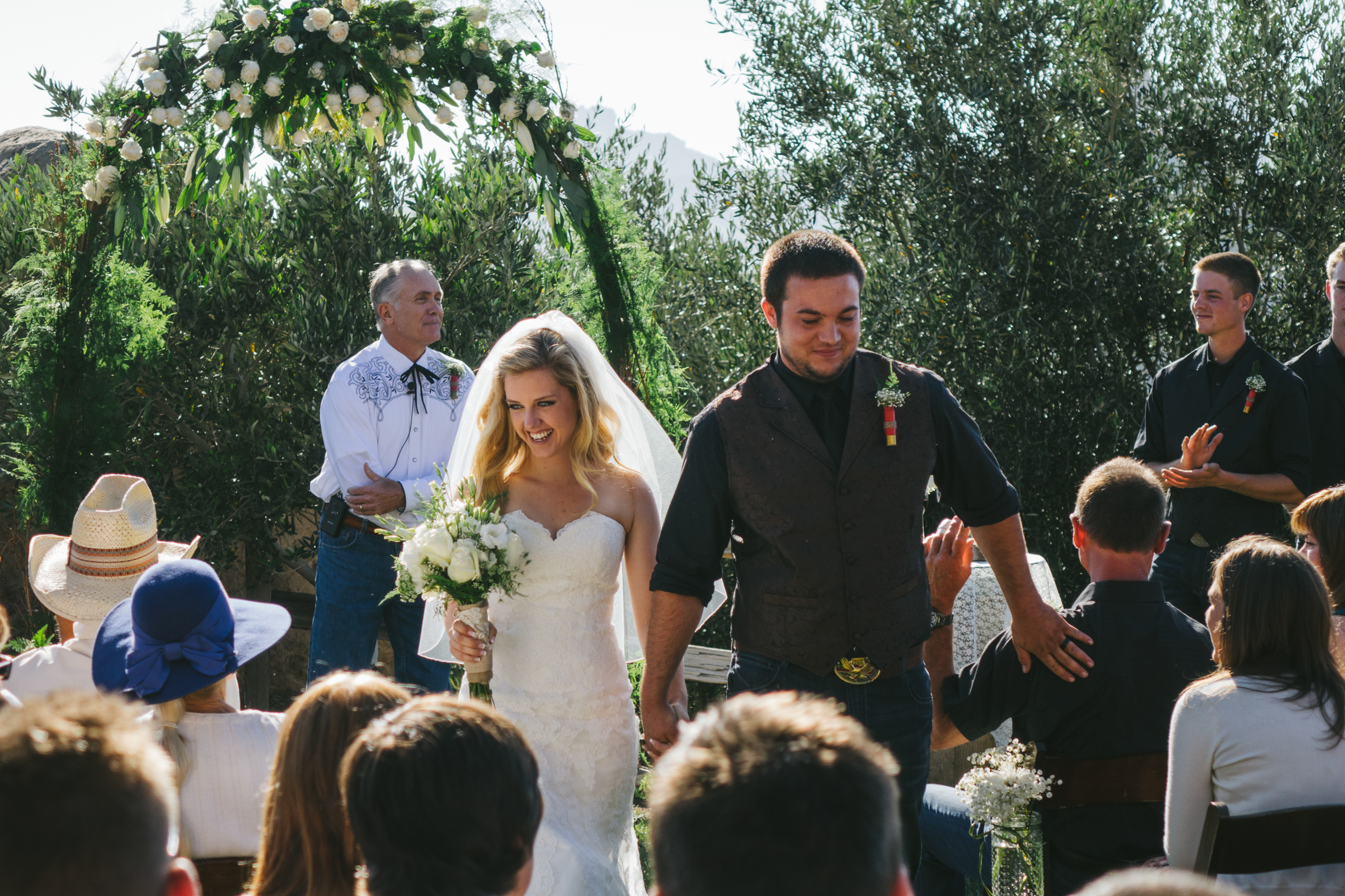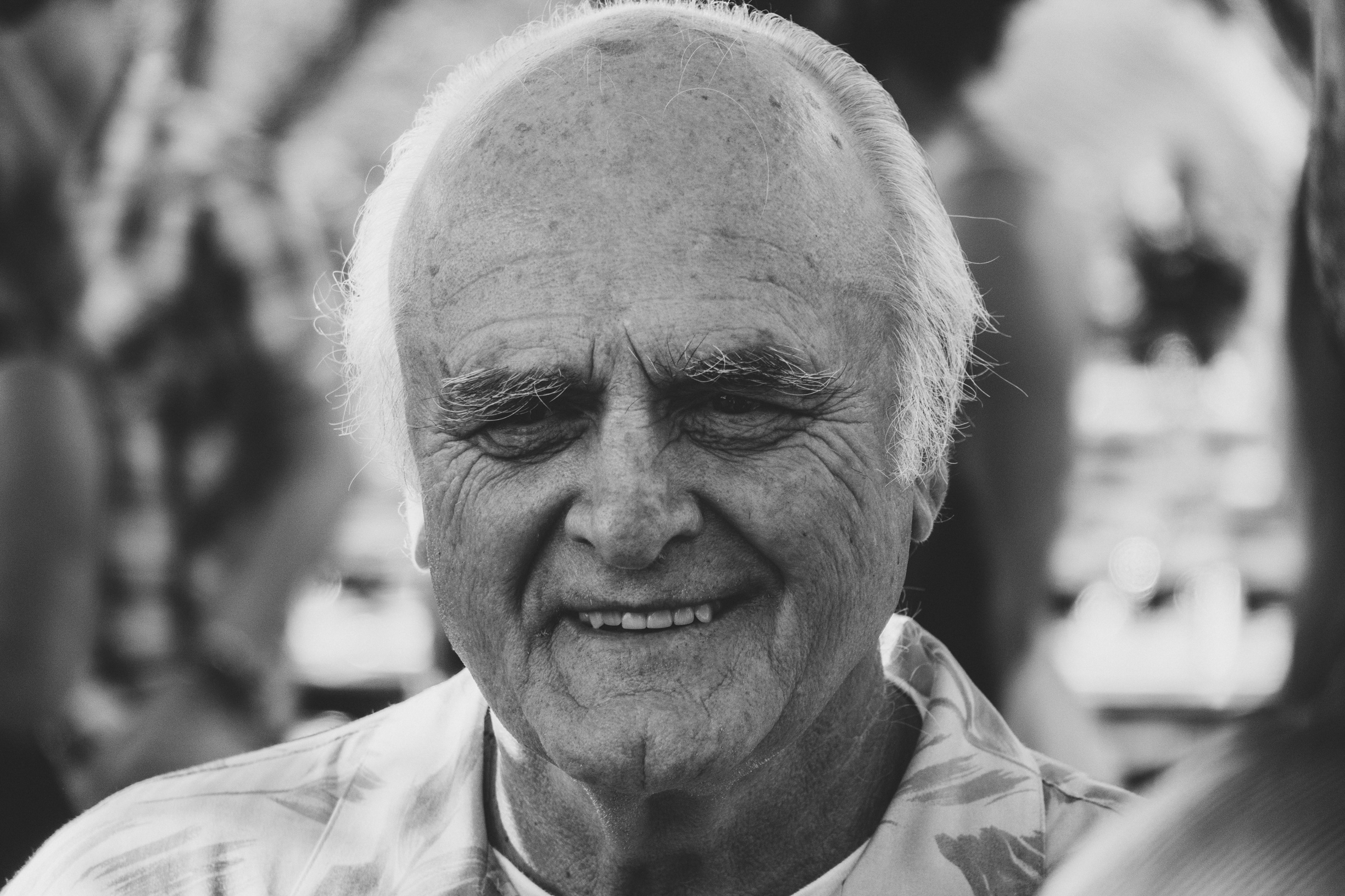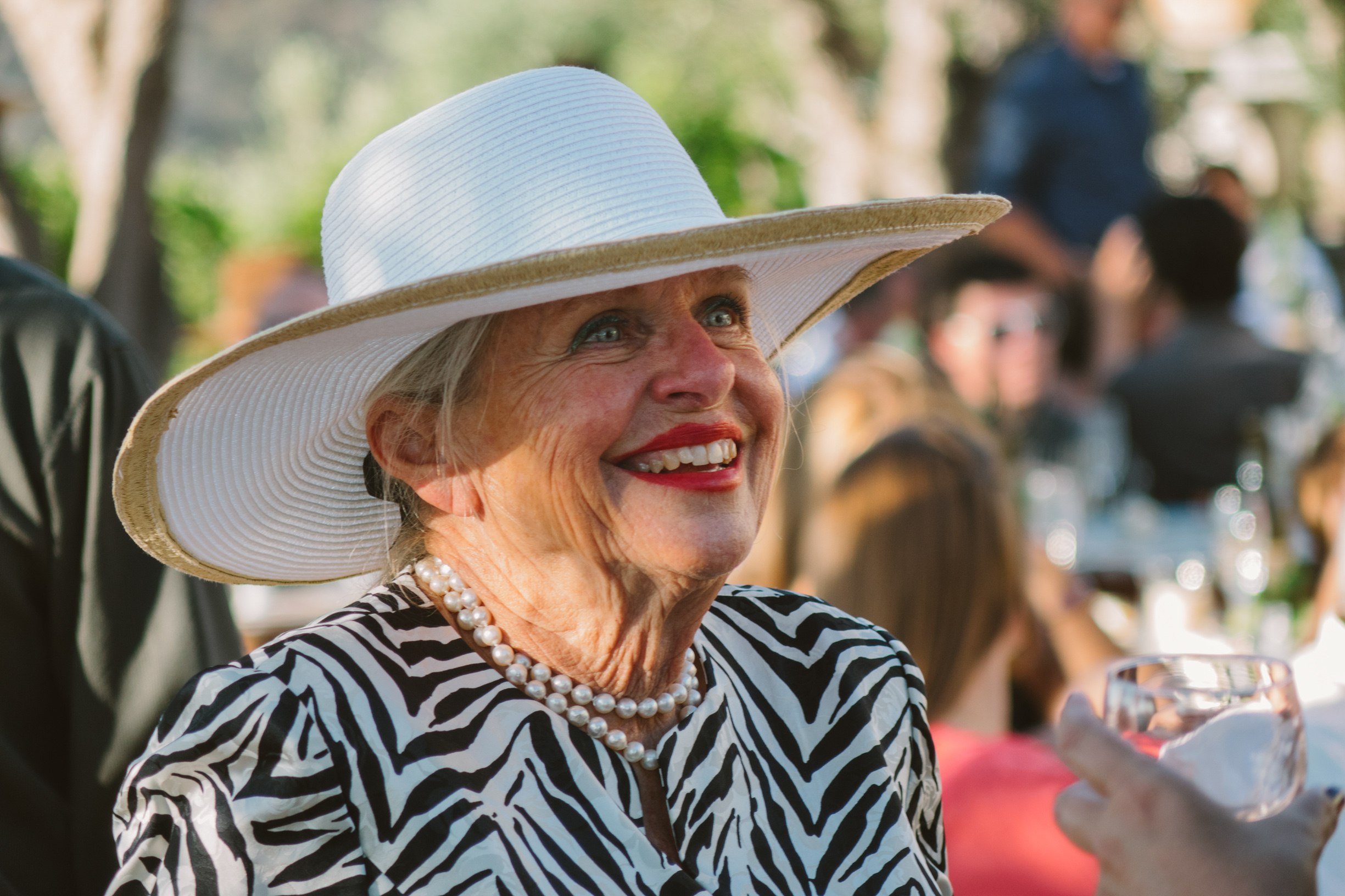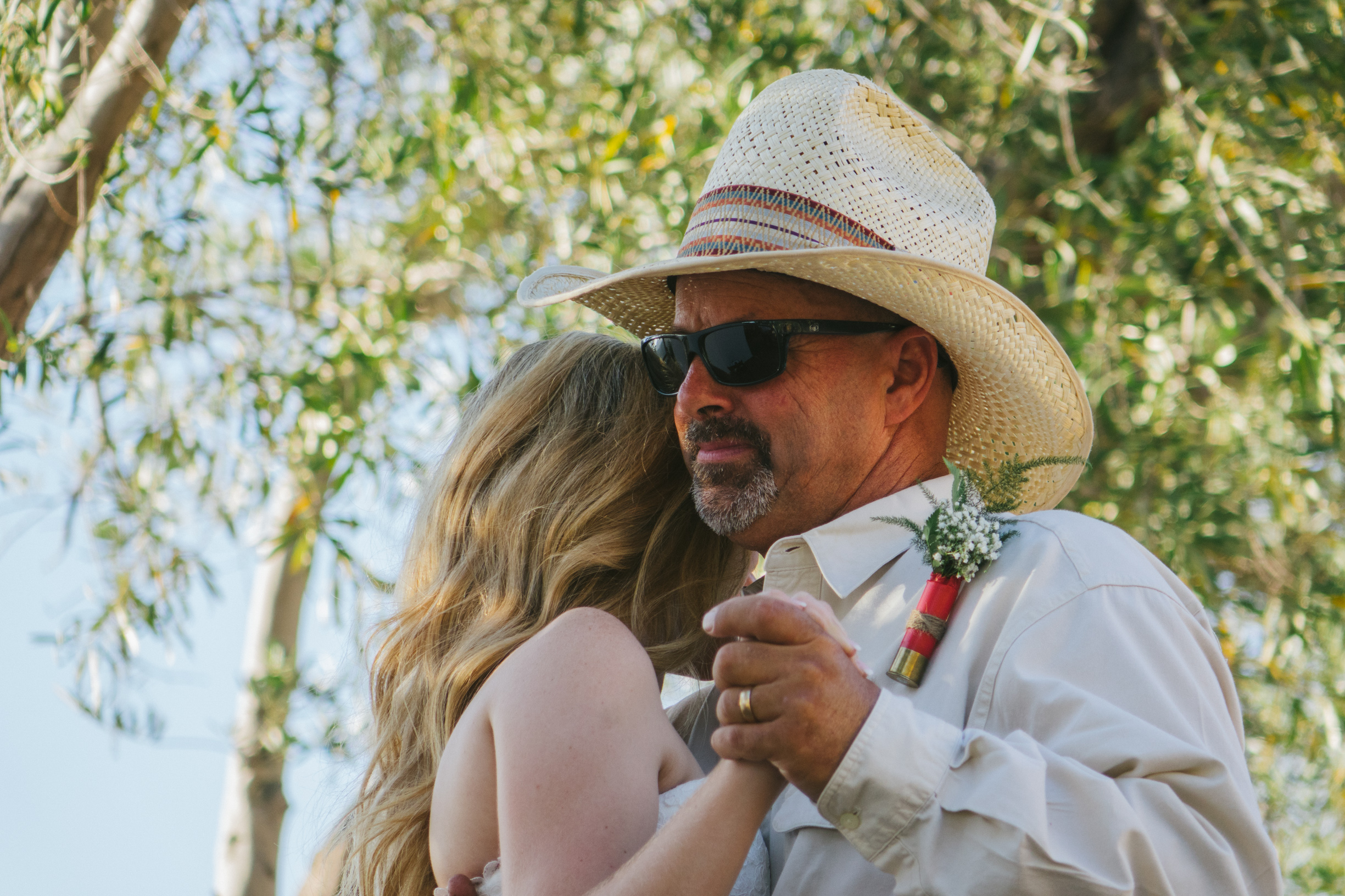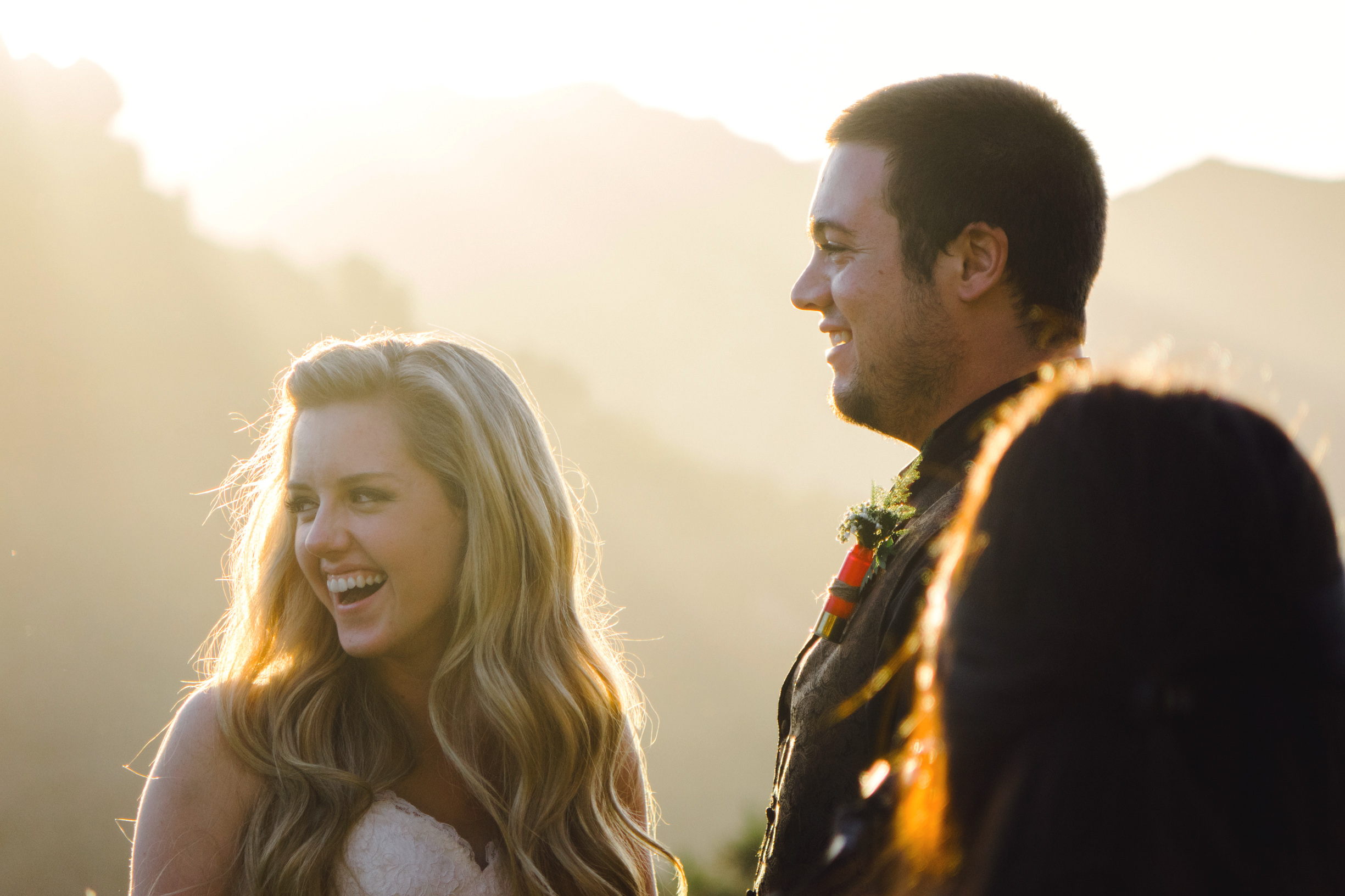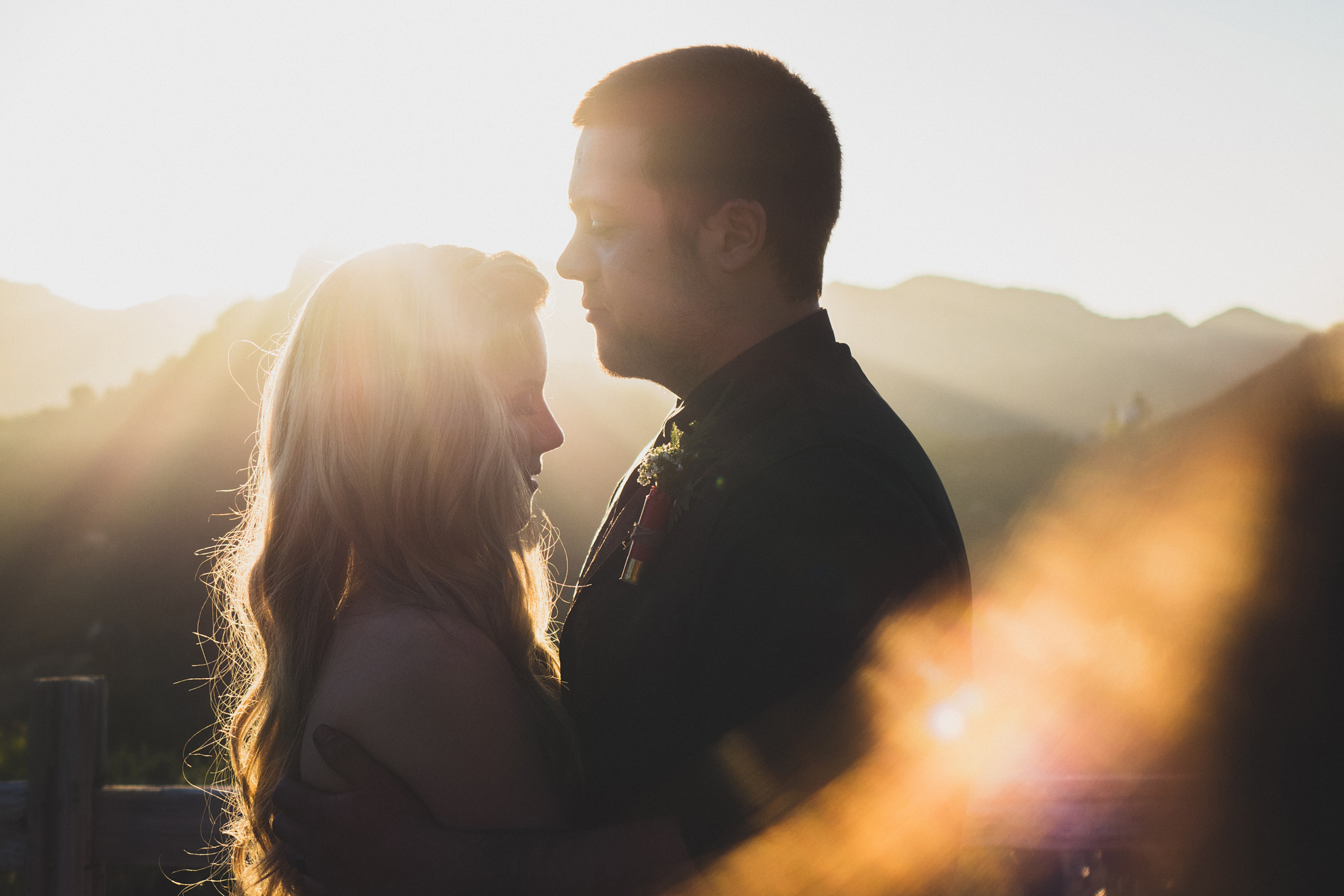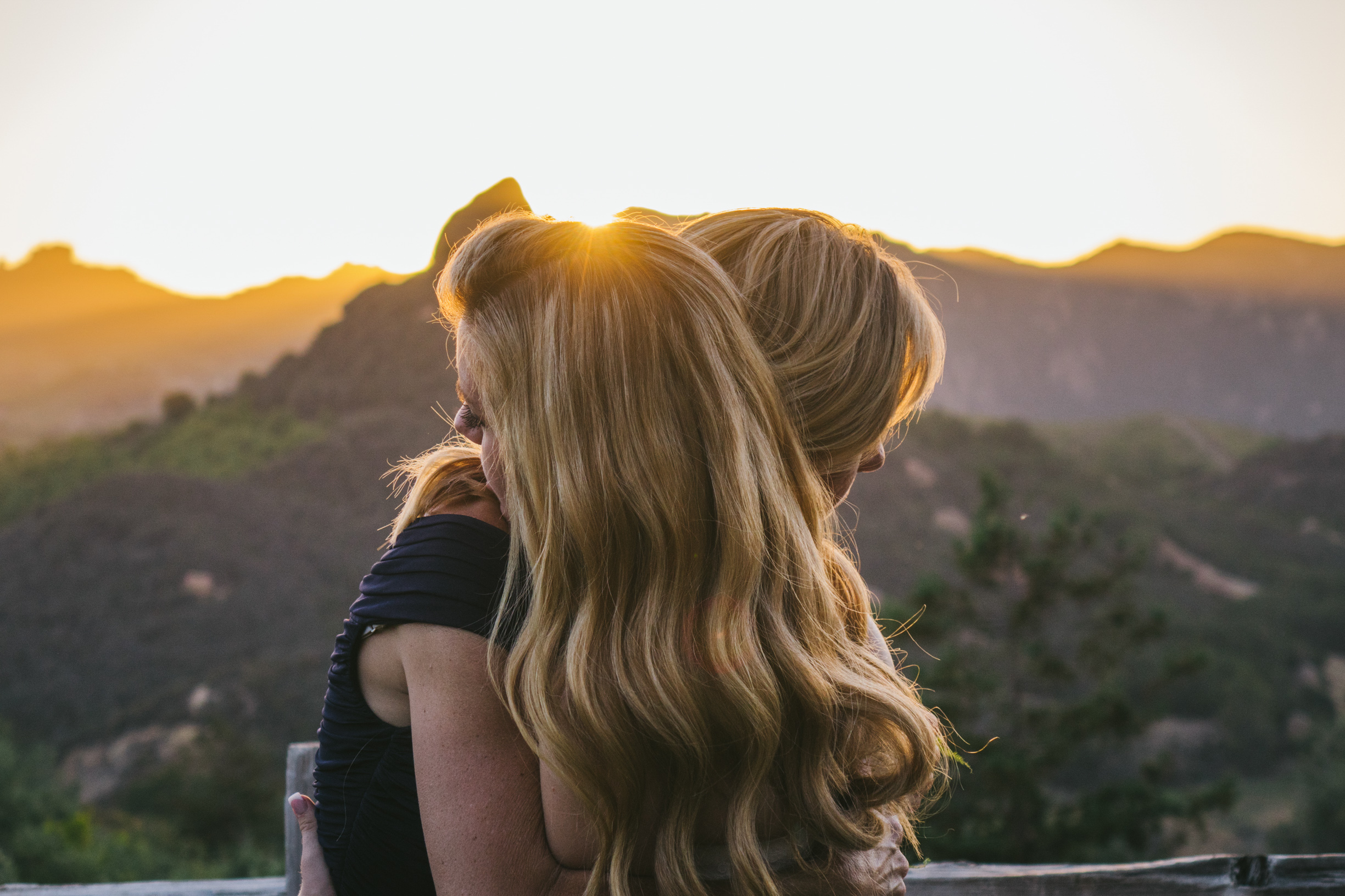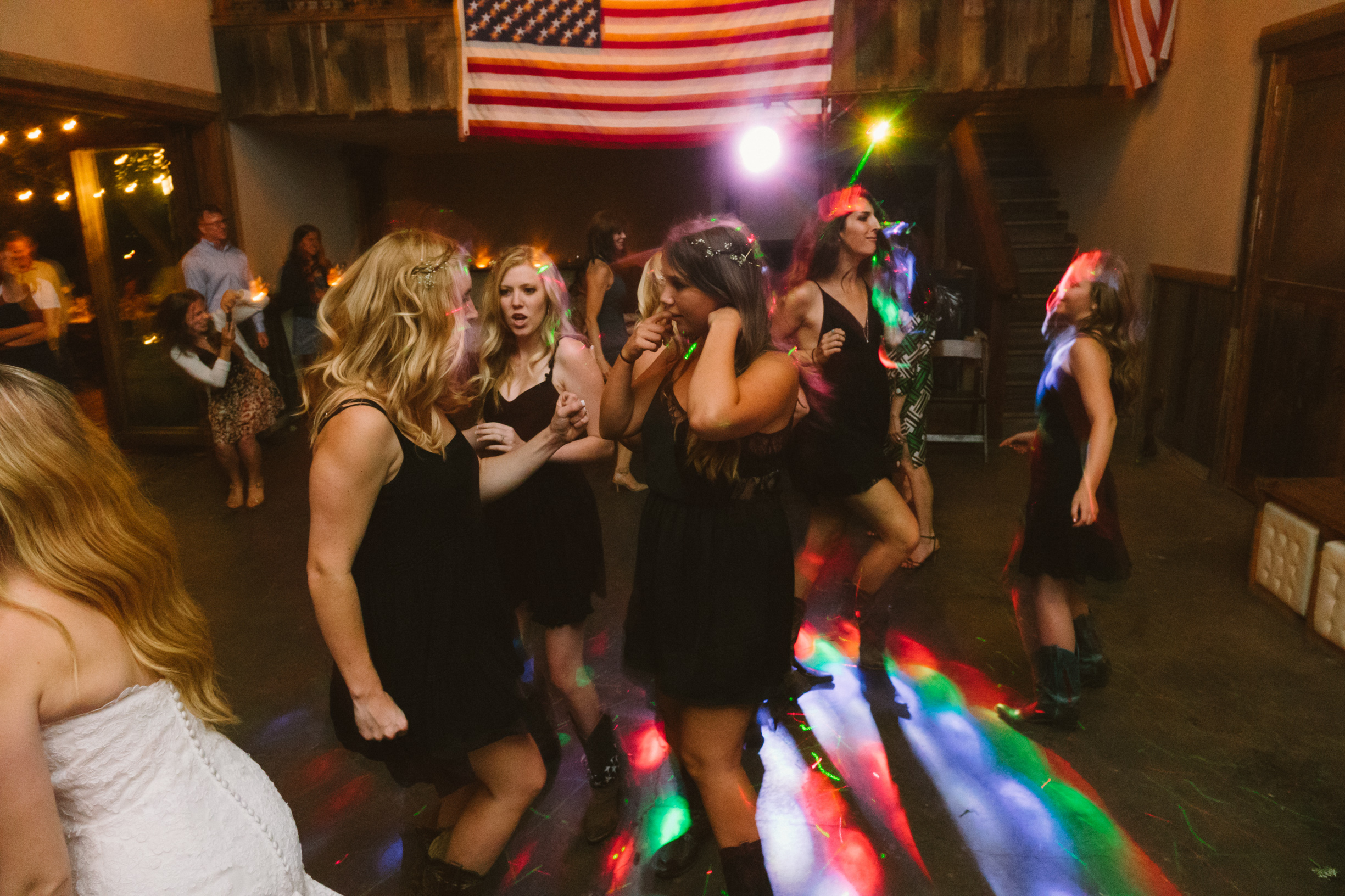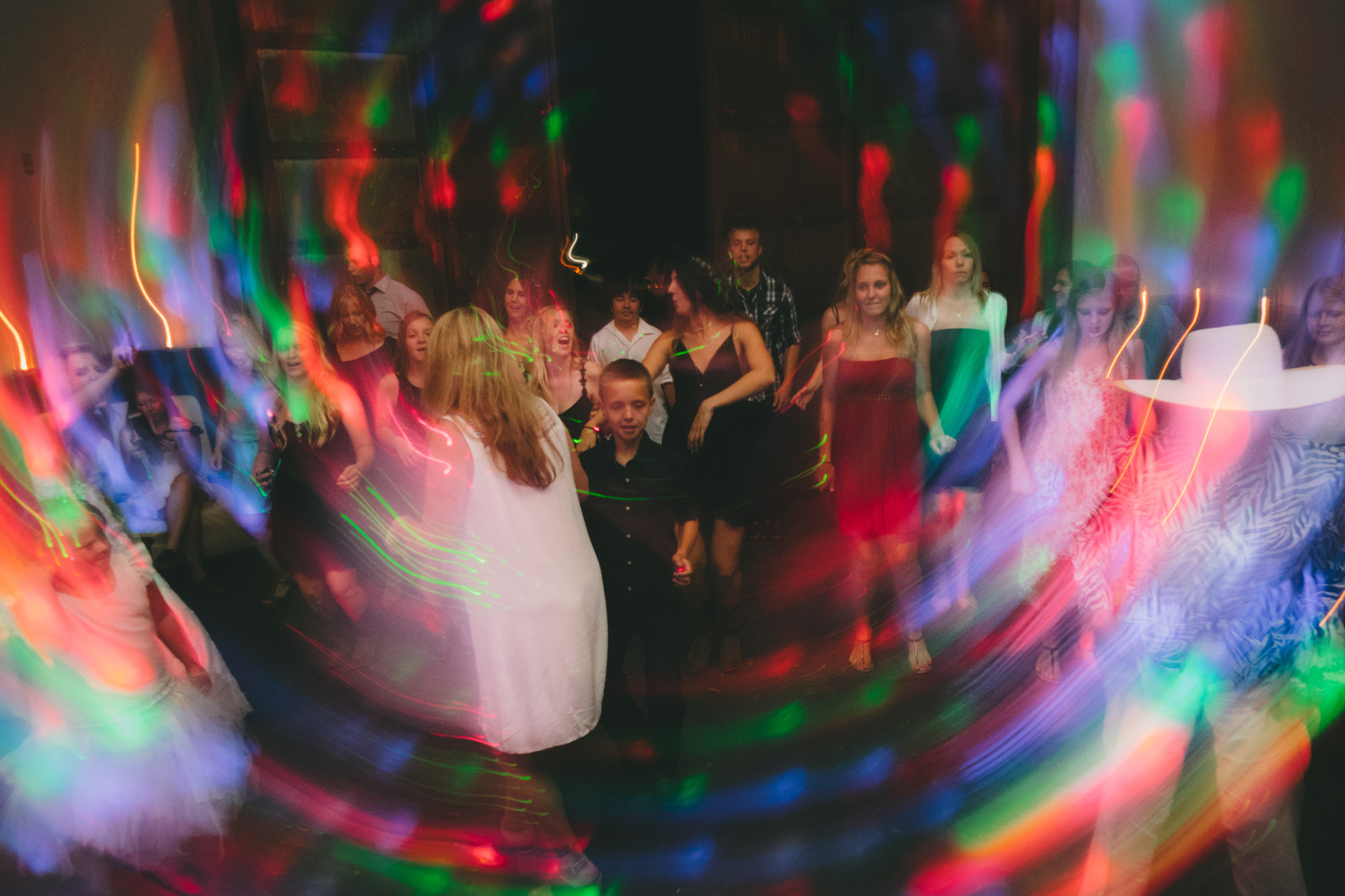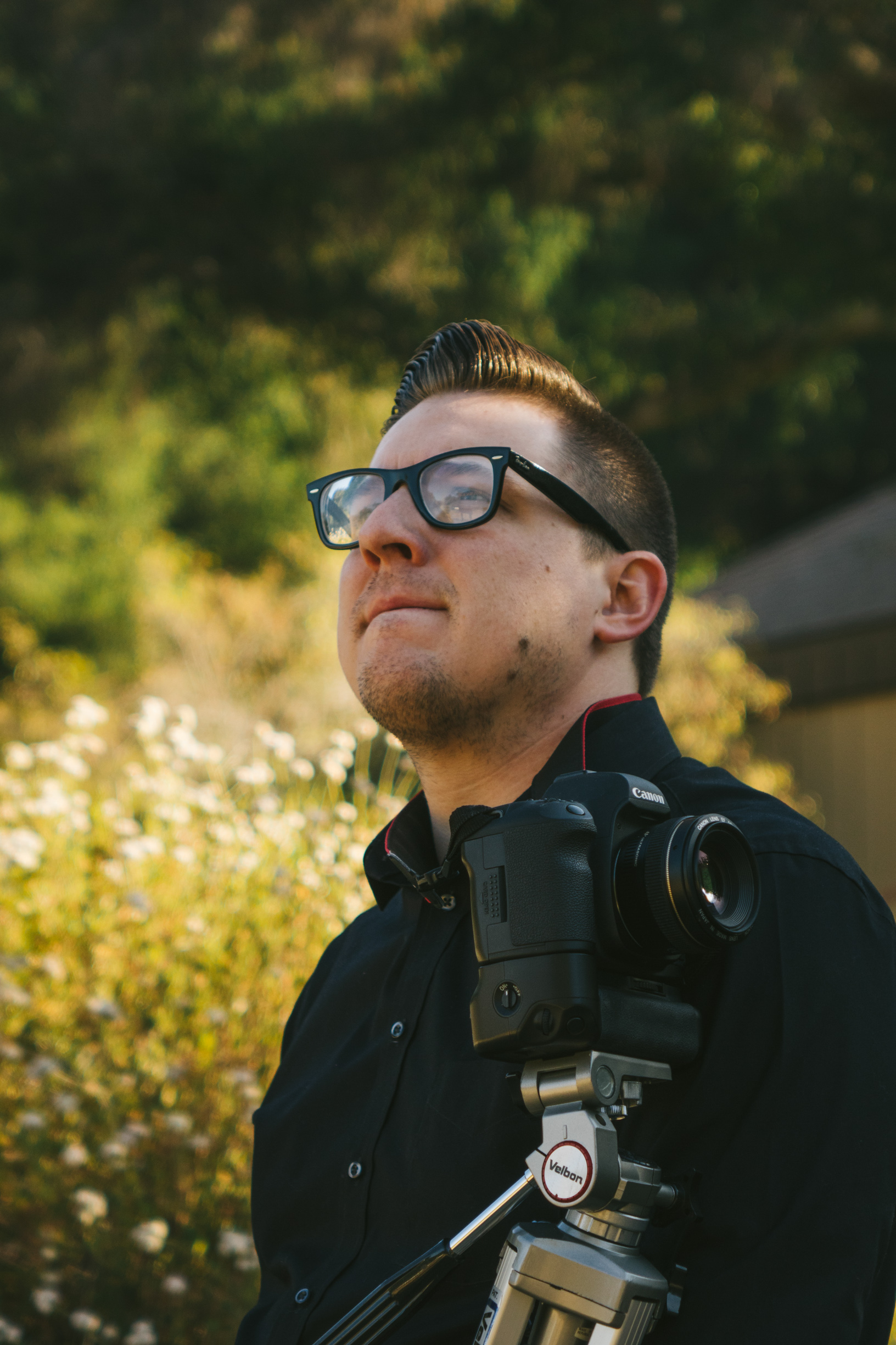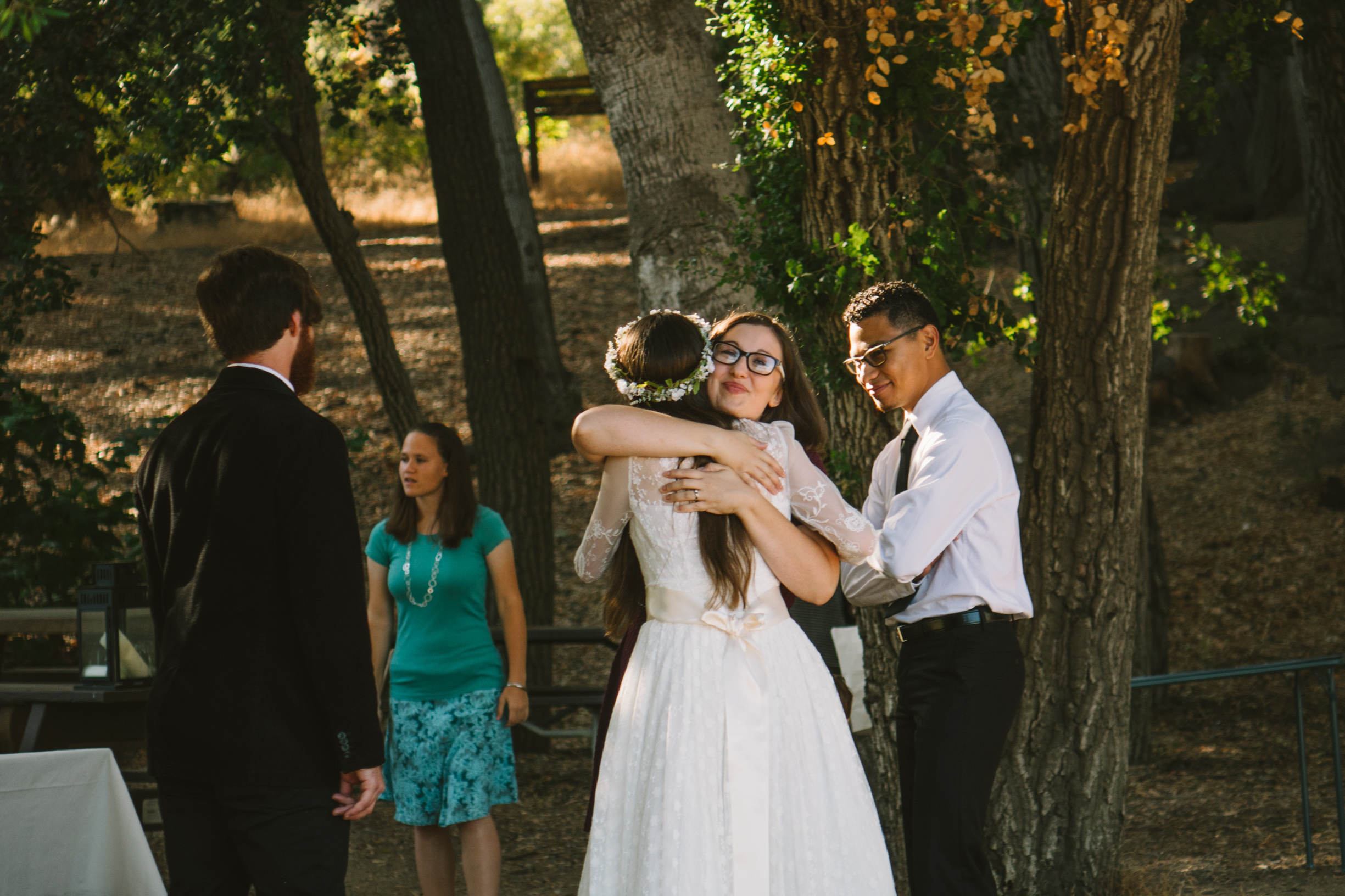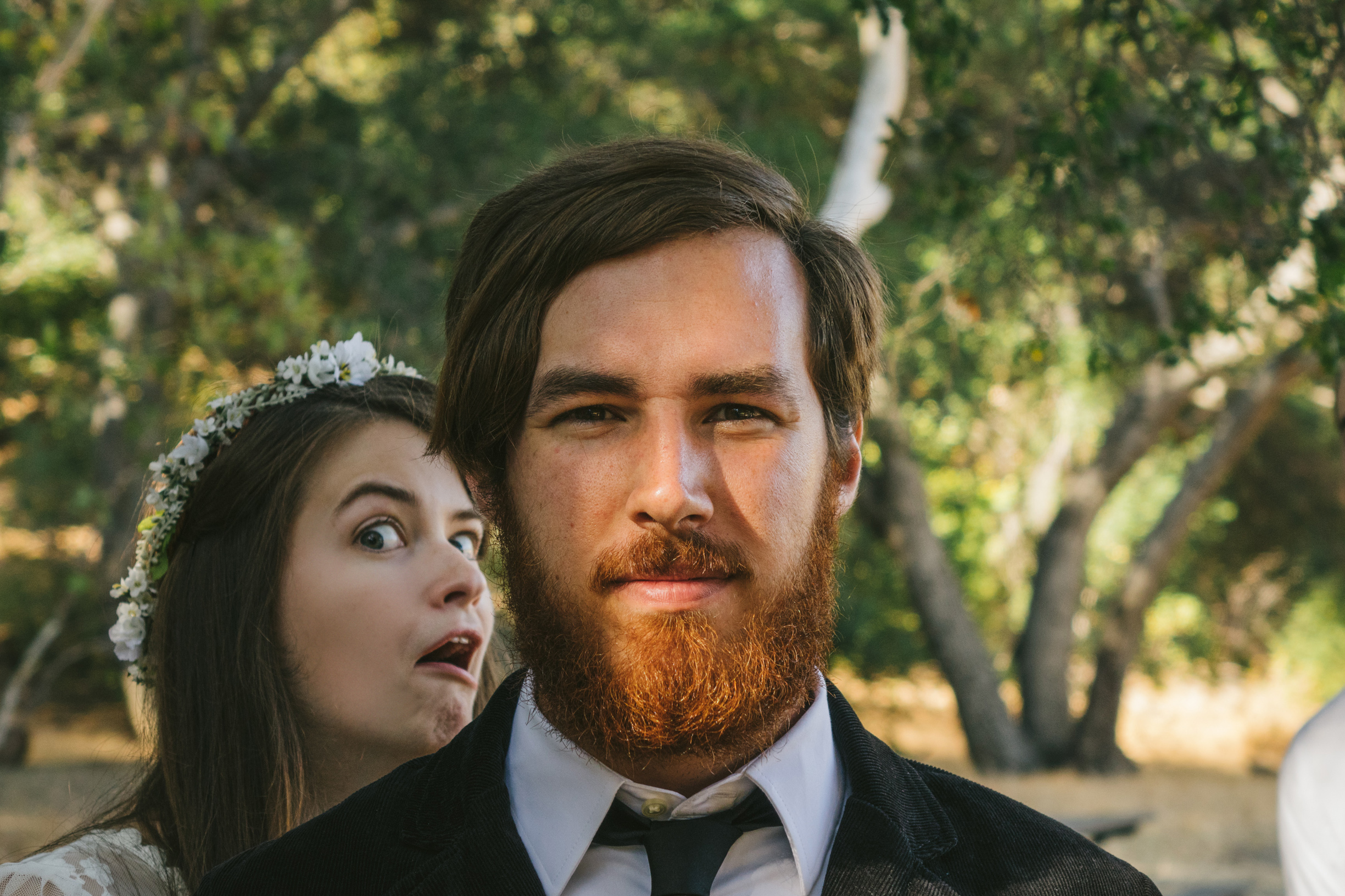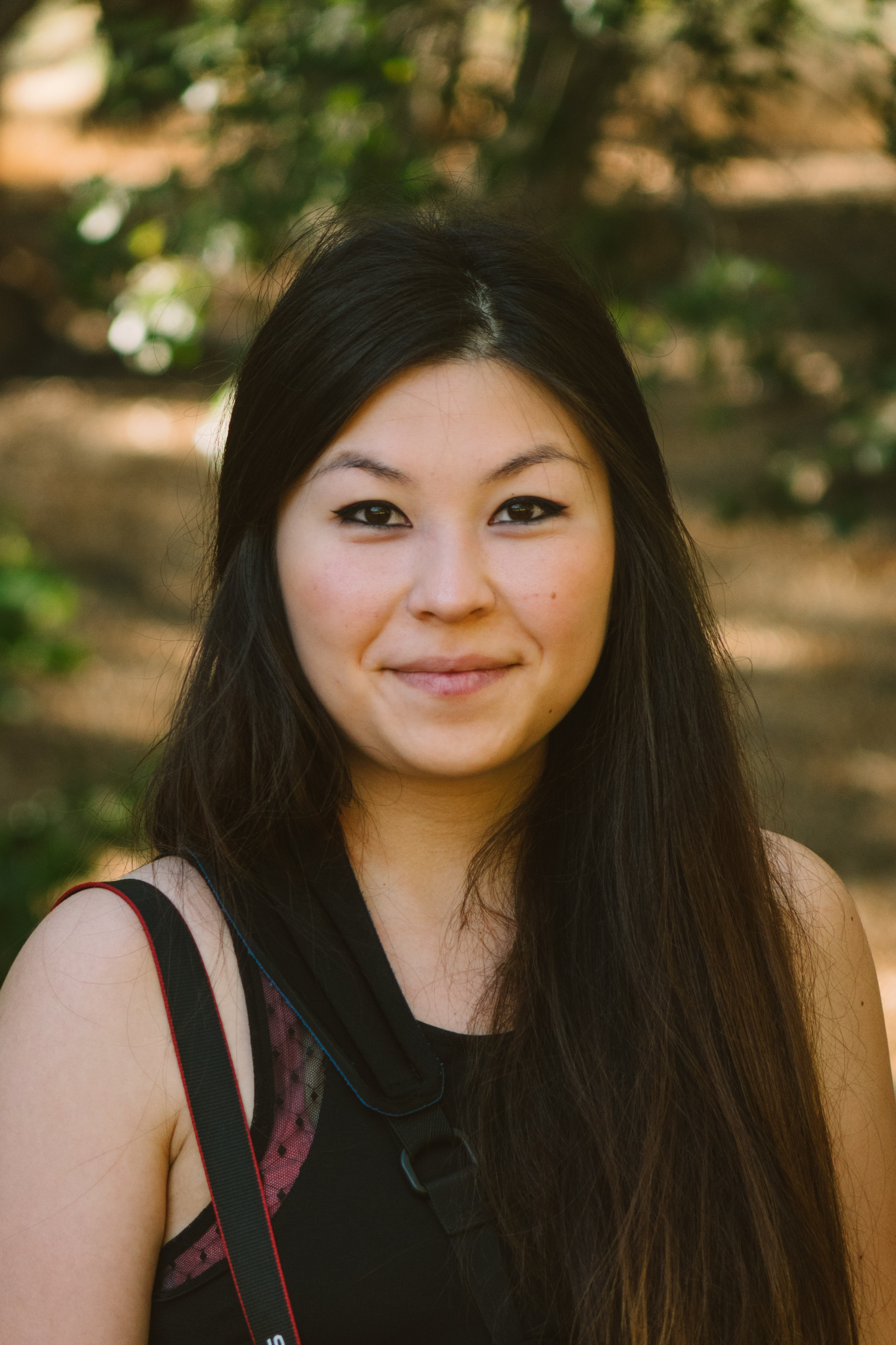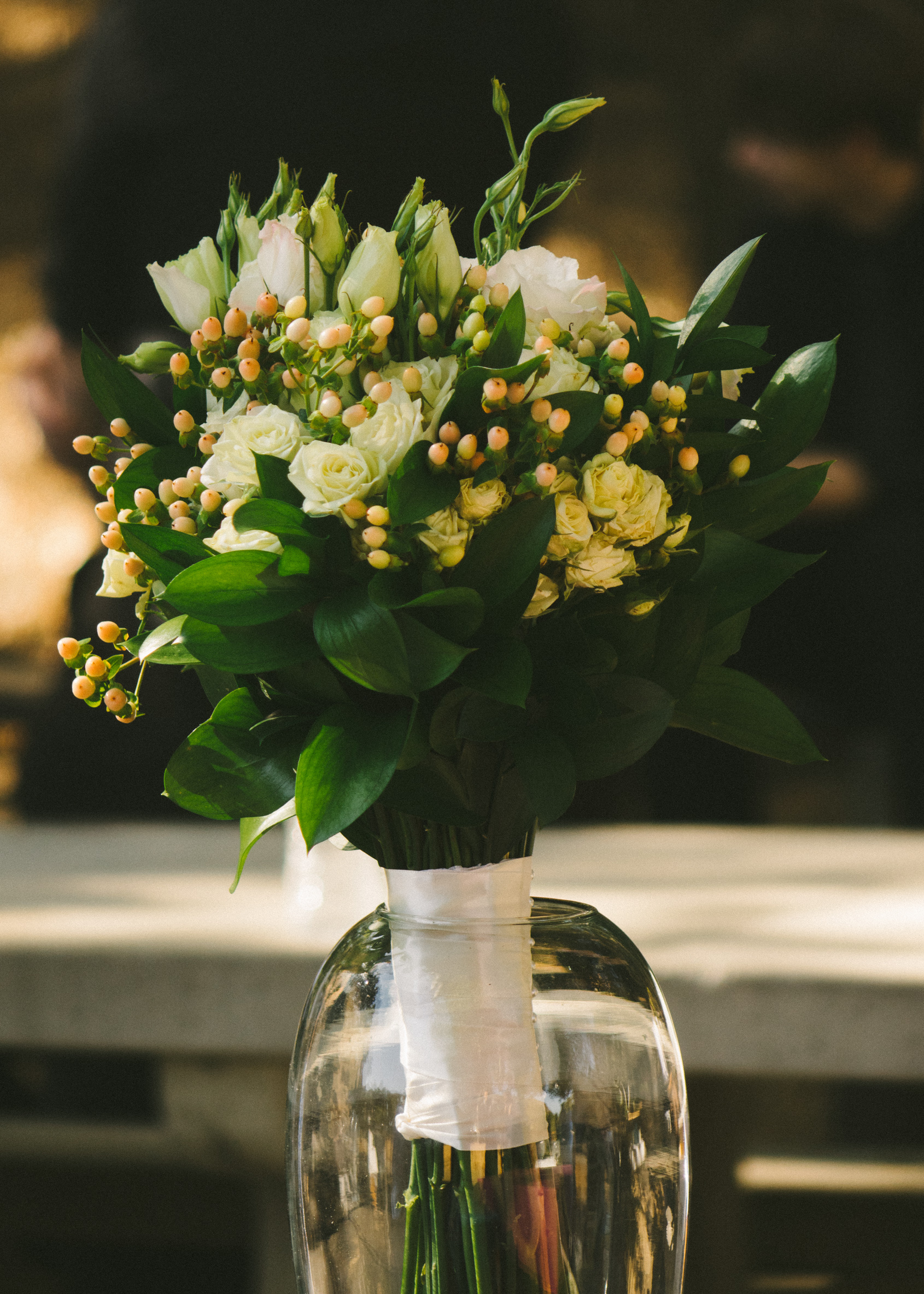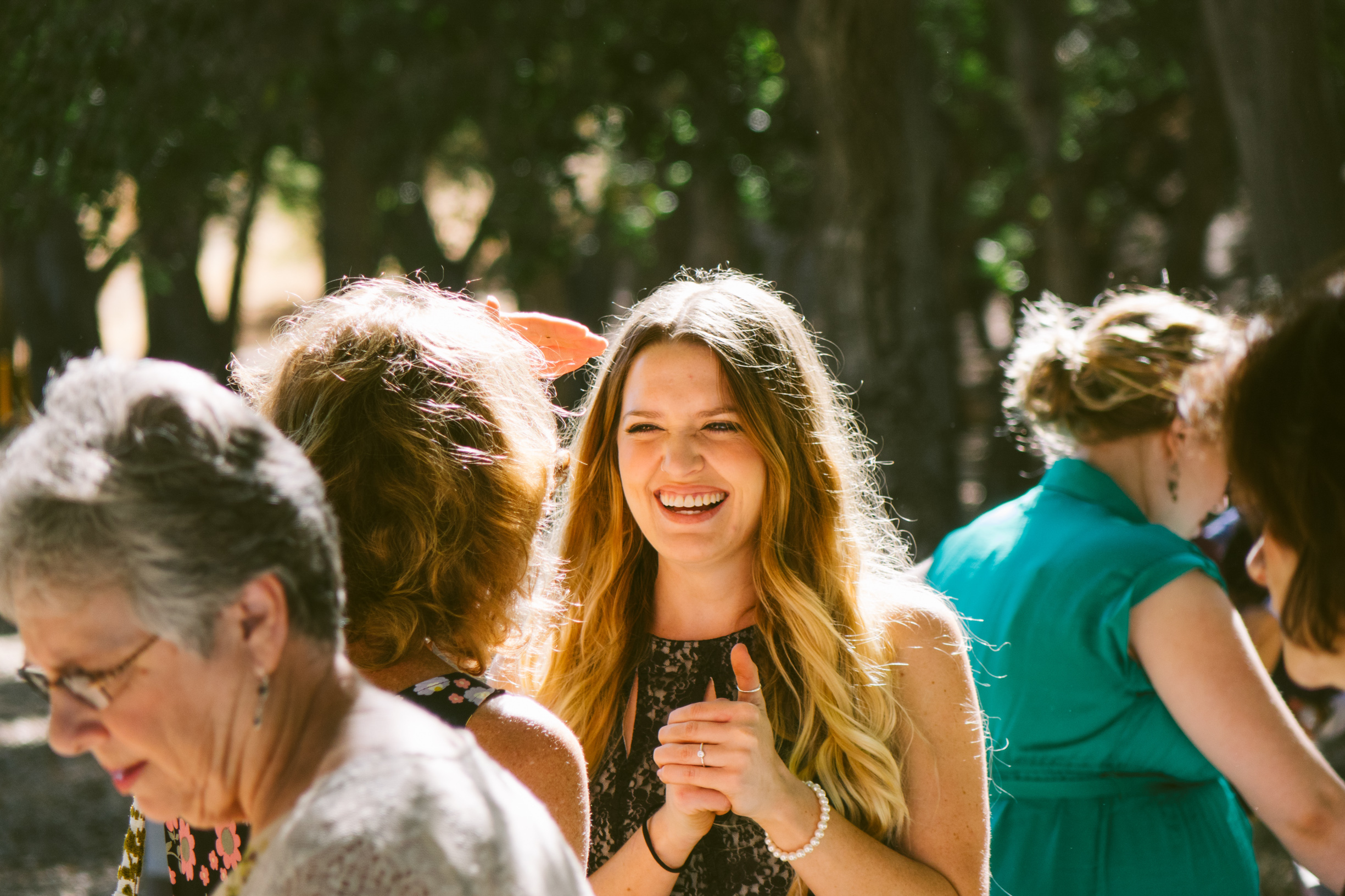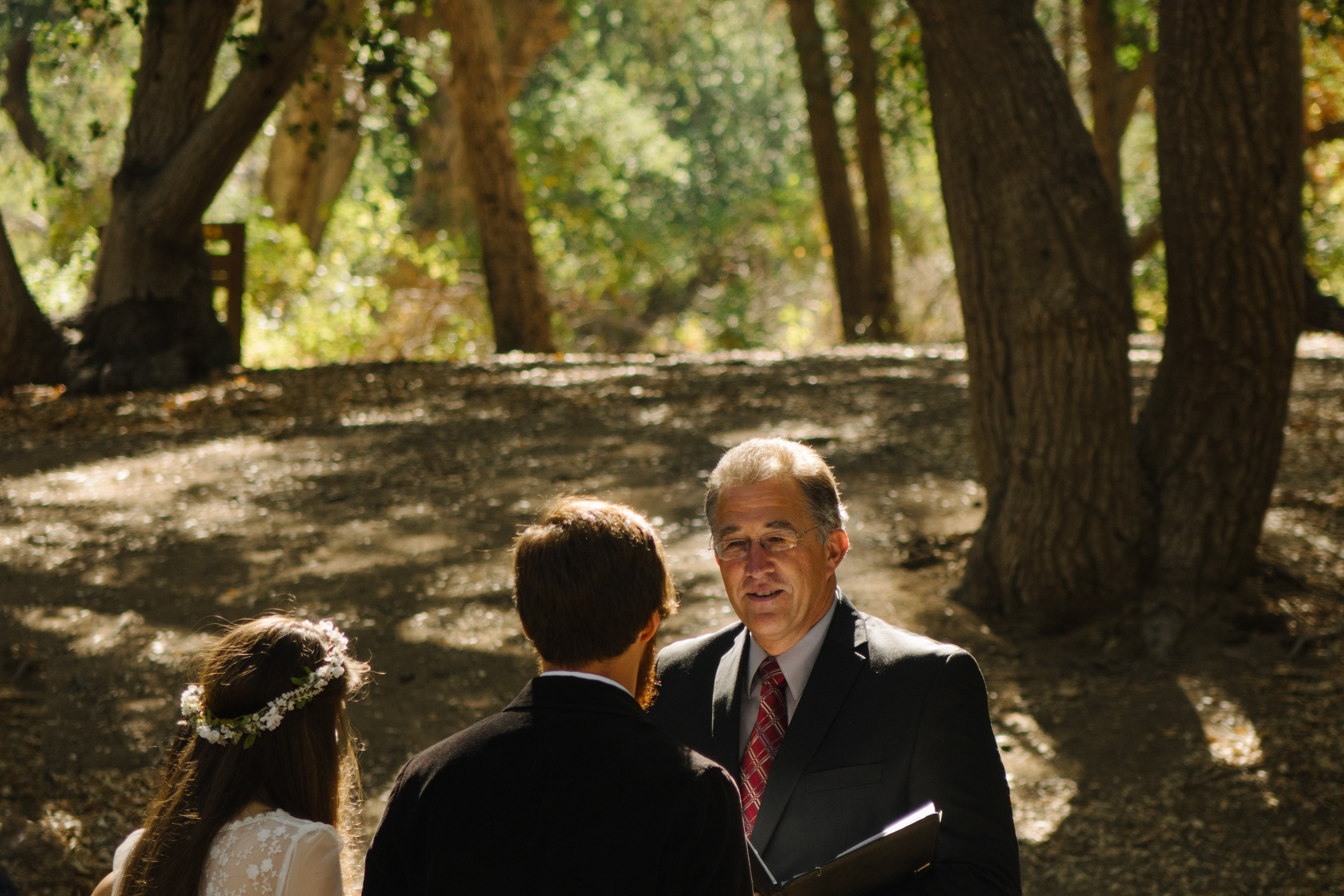This is the first in a series of reviews I've been hoping to do. I'm a bit of a gear head amongst my peers, so unfortunately for me I go through a lot of gear. I'm not a big fan of technical reviews, there are plenty of MTF chart type reviews out there. They have their place, but I find they never really show me how my images will look in the field, so I'm going to try to stick to real world reviews. I'm also going to post edited images, because I always find my self curious what a camera is capable of, not what SOOC jpegs of flowers and bookshelves look like. I'm not gonna wow anyone with technical talk or pixel-peeping, I'll leave that to the other reviewers. The question I am attempting to answer in this review is simply this: is the Sony RX10 a capable for shooting weddings?
To give a little background, I have been shooting with a Sony A7 over the past 6 months. I used to shoot weddings with two Canon 5Ds and and several L lenses, but a couple of years ago I briefly gave up the trade and sold all my gear. In turn, I switched over to mirrorless to satisfy my day to day photography wants. First was the Samsung nx100 and the Olympus XZ-1, and then I moved up to the canon EOS M when it went on fire sale. After my wife and I got married in November, I started shooting weddings together with my wife. I decided I should probably move up to something a little more serious than the EOS M. I tried the NEX-6 and hated it. Shortly after I picked up the A7, I loved it. However, the current lens selection does nothing for me, so I have been adapting vintage manual focus glass. Adapting old lenses is fun and all, but I'm getting really tired of manual focusing, especially at weddings.
Between wanting something as a backup camera with autofocus and being interested in cinematography, I landed on the Sony RX10. Whenever I purchase an item I like to test it really hard within the first 30 days. I've encountered a few lemons in the past so I always like to make sure everything is functional before the initial warranty expires. Fortunately, my wife and I had two weddings in one weekend, so I really got to push it to it's limits.
Image Quality
First, lets cover something important - the RX10 uses a 1-inch sensor. Compared to your iphone, it's huge, but this isn't by any means a full frame sensor. It's not even an APS-C Sensor, heck it isn't even a micro four thirds sensor. In the scheme of sensors in professional photography, this thing doesn't even make it to the feather weights. But that's not necessarily a bad thing. It just means you have to understand it's limitations and characteristics. Namely, a lack of depth of field, which on the occasion I personally like. It's really nice not having to stop down my lens to f8 to give my images some clarity. Being a 1 inch sensor, I think the 20mp they cram into it is more of a marketing ploy than anything else. I'd say it's more realistically a 15mp sensor as far as usability is concerned. You might be able to squeeze 20mp out of this on the wide end at iso 125, but that's about it. Anything else tends tends to fall apart really fast when you crop to 100%. I would have preferred that they scaled down the size and gave us smaller files.
Hey speaking of image quality, check out ShootDotEdit's article "How to Edit Wedding Photos – ShootDotEdit's Expert Tips" for more ways to maximize your image quality with these sweet editing tricks.
Sharpness
On the widest end of the lens it is remarkably sharp except for the extreme corners which fall apart pretty fast. I got my camera used at Amazon Warehouse, so maybe this is just my camera, but I found anywhere else in the zoom range to be disappointing. If you are going to pixel peep, it's just not sharp. But this is where the beauty of the 1 inch sensor comes into play. There is just so much clarity in the images that it somehow gives the impression it is sharp, when it really isn't. There is also some noticeable fringing and halo-ing at the long end of some shots - kind of annoying but not terrible. Is the client going to notice any of this? Not likely.
Dynamic Range and ISO
Dynamic Range is pretty darn good for a compact. I was surprised how much detail I could recover from both my highlights and shadows. DXOMark gives it 12.6 stops of dynamic range so that easily puts it in the consumer DSLR range. ISO handling is probably one of this cameras biggest weaknesses. It's pretty bad coming from a full frame camera, but coming from something like a Rebel or an NEX might not seem so bad. Fortunately the killer image stabilization and image clarity helps offset this by allowing you to shoot at lower ISO levels anyway. Overall I'd say it can manage in low light, but I wouldn't rely on it unless I had to.
Straight out of camera
The shadows fall apart a little bit on the right side, but otherwise I was able to recover a lot of detail.
This image was shot at 1/40th, iso 1000 and then pushed about 2 stops brighter in Lightroom.
Bokeh And Depth Of Field
At the wide end you aren't going to get much more background blur than you would on an iPhone. If you force it, you can find it, but typically you won't find it unless you only like to take picture 1 inch from your subject. Moving down the range you gradually get more and more separation from your background (due to telephoto compression). At the far end you can definitely get a useful amount of background blur. Off the top of my head, I'd say you are getting about the equivalent of what you would get with a 35mm f2 on a full frame body (minus the telephoto compression and everything else that makes it different). It's not a huge amount of separation, but you can get it if you need it. Unfortunately, when you do get it, it's hideous. This is probably the number one killer for me, personally. Onion bokeh galore. It reminds me of all the vintage glass I'm trying to get away from. However, some people like that look. So if that floats your boat, more power to you. The depth of field is adequate for me, but creamy it is not.
This is about a shallow as you will get on the wide end.
Around 85mm equivalent. F2.8
Now at 200mm.
Mmmmm...harsh crusty nasty onions
Macro
It does it. Closer on the wide end than you can probably physically get to your subject, and closer on the telephoto end than you are probably used to.
Look at all that glorious macro
Build
I won't talk too much about the build, that's something you can and should feel for your self at the store. It's light. Really light. Which is good. Feels a little cheap to me, but I'd rather it be light and feel a little cheap, than have to haul around a luxurious concrete block. Overall I can say it feel nice though. Maybe somewhere between the NEX-6 and the A7. The lens barrel feels really really nice.
Controls and Handling
Controls and Handling is where this camera receives it's second strike from me. The controls are a little fiddly...on second thought, they're really fiddly. I don't really have too many complaints about the layout. The menu is like anything else made by Sony in the last 6 months, and the button layout isn't all that much different. I'm not crazy about the way Sony designs it's layouts but I can live with it. My main complaints are little quarks here and there. First, it's slow. Not so slow that it's unusable, but slow enough to be annoying. Record times aren't great, the zoom is really slow compared to anything with interchangeable lenses, and if you try zooming during the shot to review time, it will zoom into the reviewed image and not zoom the actual lens. This sets you back and can keep you from getting the shot. Next, I can't get it set up like my A7, which is annoying. For those of you who don't know, Sony allows for highly customizable buttons, but for some reason not completely customizable. For whatever reason, the closest I can get to my A7 is somehow still the opposite, so that continually throws me for a loop. The last notable quark I can think of (but I'm sure not the only one) is found it is really easy for my finger to bump the zoom. Since the zoom is an electronic zoom it's also really not very accurate if you are trying to do precise focusing. Now, keep in mind these complaints are me nit-picking. Overall, I would say the handling on the RX10 is on par with anything else in it's class, so don't take this as it's Achilles heel so to speak.
Price
As of writing this, they just dropped the price from a rather pricey $1300 to just below a more reasonable $1000. I picked mine up on amazon warehouse for $850 and since then I've seen them go as low as $750. $1300 was a bit of stretch for me, but $750 puts this camera easily in a fair price range.
Conclusion
Can you use this to shoot weddings? In short - a resounding yes. If you know and understand it's limitations, it really does it all and at a great price too. It certainly won't be for everybody, but I have to say I'm impressed with what this camera can do. Will I continue using it for weddings? As my main camera, absolutely not. As a second body (and a 4th or 5th to my wife's cameras) - possibly. However, if I was forced to use this as my only camera, I wouldn't be in the least bit nervous. In fact, if I was forced to choose one camera, and one lens for the rest of my life, this might just be my choice. Would I recommend it to others? Depends. If they were on a tight budget, just starting out, just want a well rounded back up, etc., then yes. For someone that has an endless budget and demands only the best image quality, then probably not. The image quality is a compromise. In fact that's all this camera is - one giant compromise between the best of all worlds (they call it a bridge camera).
The Elephant In The Room
The Panasonic FZ1000. I know. I just gave the RX10 a (mostly) rave review, but the new FZ1000 looks to be a mighty fine contender to the RX10. I can't really give my recommendation on which one is better as it isn't available yet, but it looks like the winner to me. From the samples I've seen, the image quality looks to be a bit better (and the bokeh, much better), it shoots 4k, extends all the way to 400mm and at a better price too. It has a few other improvements but it also looses somethings such as the built in ND filter, constant f2.8 aperture, and weather sealing. However, either camera is exciting to me. If this is the start of a new trend in bridge cameras, I could see the bridge camera regaining some notable marketshare in the not too distant future.
Sample Images
All images below were adjusted in Adobe Lightroom with VSCO packs 01 and 02.
Tilt Shift added in Nik Analog Effects Pro 2
Multi Image stitch and final edit in Nik Analog Effects Pro 2.


